When our Nicaragua riding plans were terminated unapologetically by immigration officials at the Honduras/Nicaragua border, we were left scrabbling for a consolation prize and the beautiful volcanic isle of Ometepe – close to the Costa Rica border – was to be it.
It was a consolation prize that was well worth the small expense to dash over the border into Costa Rica for a fresh visa and back for. As mentioned in the previous post, if we wanted to see Ometepe we needed two extra days, but they were two days we didn’t have on our five day penalty visa.
This twin-peaked island is a popular destination for both backpackers and cyclists and is well known on the travel circuit for offering a shady, rural retreat surrounded by the rippling waters of Lake Nicaragua. Many backpackers come to the island to hike the volcanoes and waterfalls and to visit hot springs, while we were content – as we often are – to do our exploration by bike.
For Ometepe we stripped our loads down to the bare essentials, leaving behind the laptop, sleeping bags and cooking equipment for a 95 kilometre ride on the mostly dirt road that rings the island. We ferried there from San Jorge (the sleepy township next to Rivas), and both stayed and left our excess kit at Hotel Noches Surenas/Southern Nights, which is run by a friendly and helpful ex-pat from the USA. From here it’s just a couple of minutes to the island ferry.
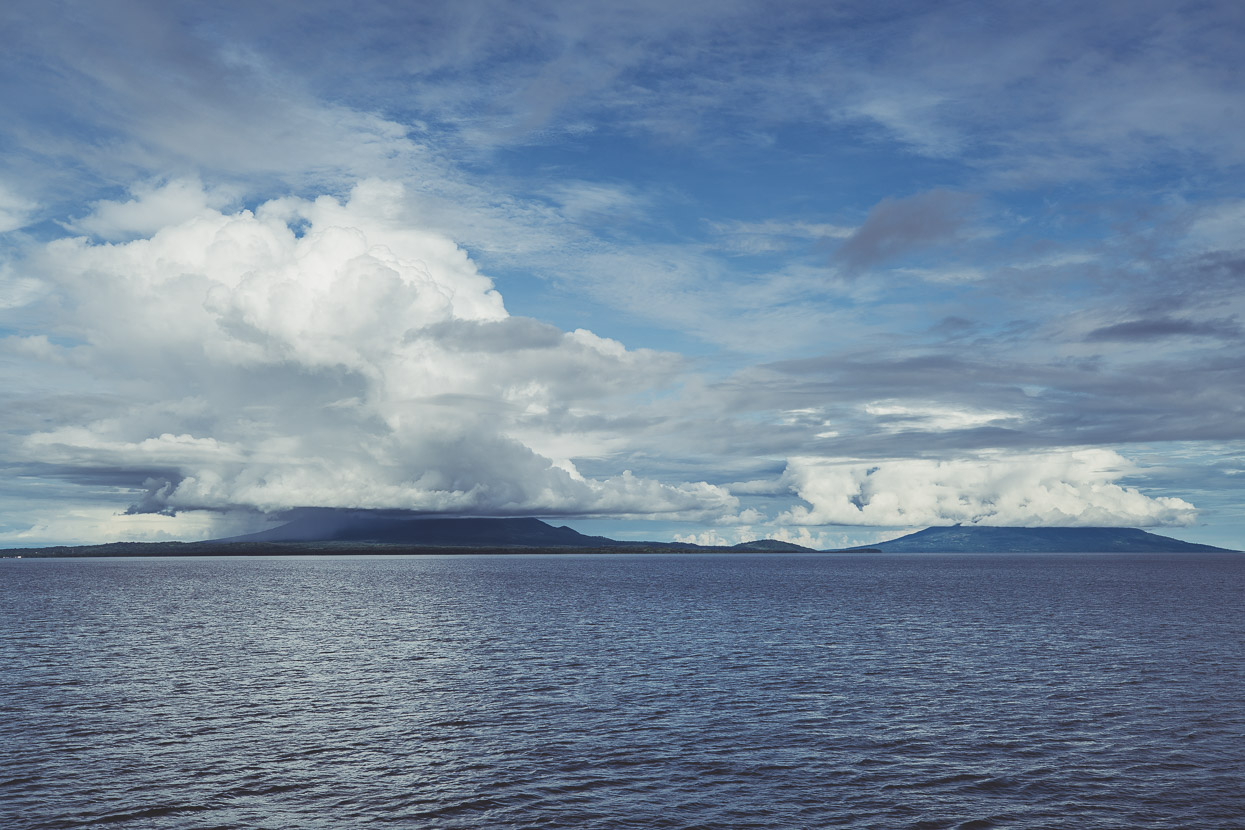
We made our Costa Rica border dash in the morning; catching a taxi from San Jorge to the border (US$15), exited Nicaragua for about an hour, before returning and picking up a fresh 90 day CA4 visa. We then bussed back the hotel and sorted our gear and caught a mid afternoon ferry out to the island (approx 1 hour). You might be wondering why, with a fresh visa we weren’t exploring more of Nicaragua, and the answer is that were getting short on time, overall, to make Panama and our flight to Cuba in late Nov. We’d originally planned around 10-14 days for Nicaragua.
Ometepe’s volcanoes are part of the long Cordillera Los Marrabios volcanic chain that defines the topography of much of the Pacific Coast of Central America. And as with most days at this time of the year, by afternoon the cumulus has boiled up into spectacular columns, sometimes bringing equally spectacular downpours.
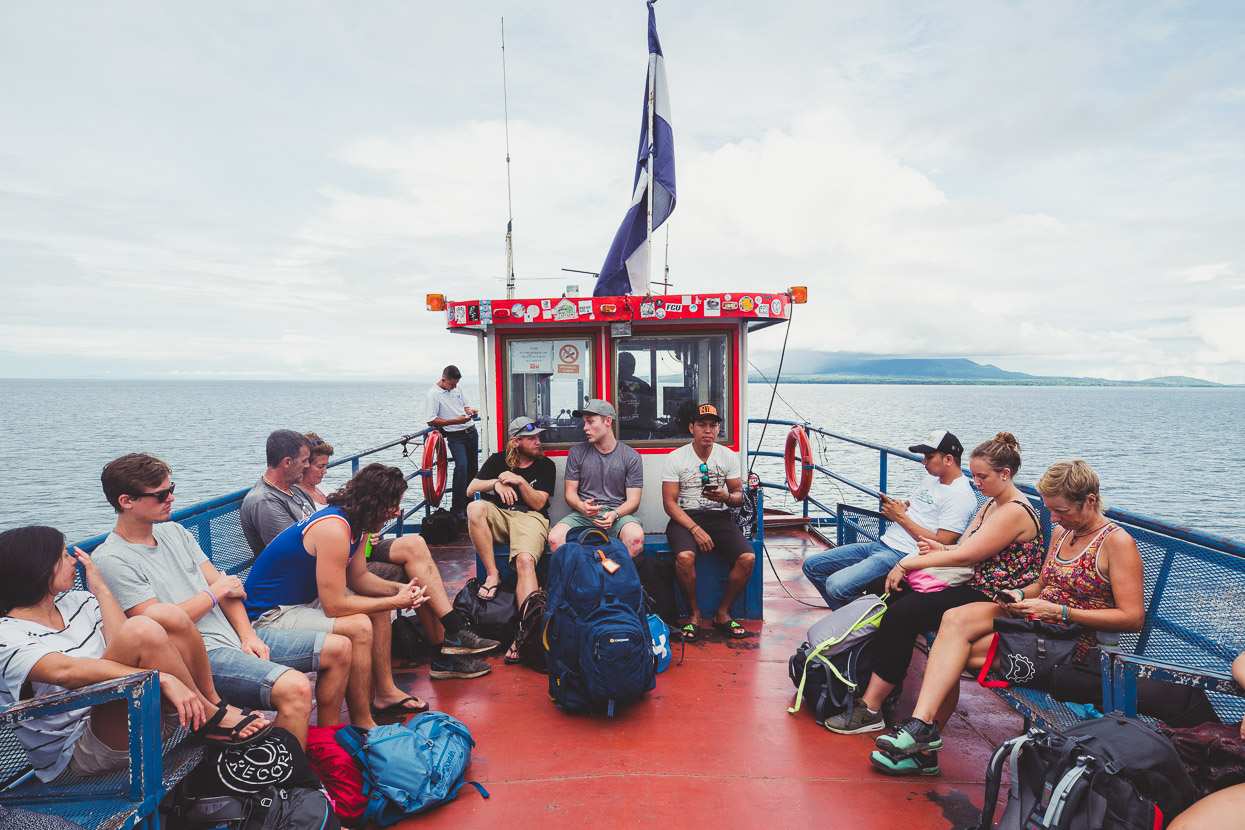
After the isolated and tourist-free ride we’d had down from the Caribbean coast of Honduras it was a novelty to be mixing with tourists again and hearing the multitude of languages spoken on the boat.
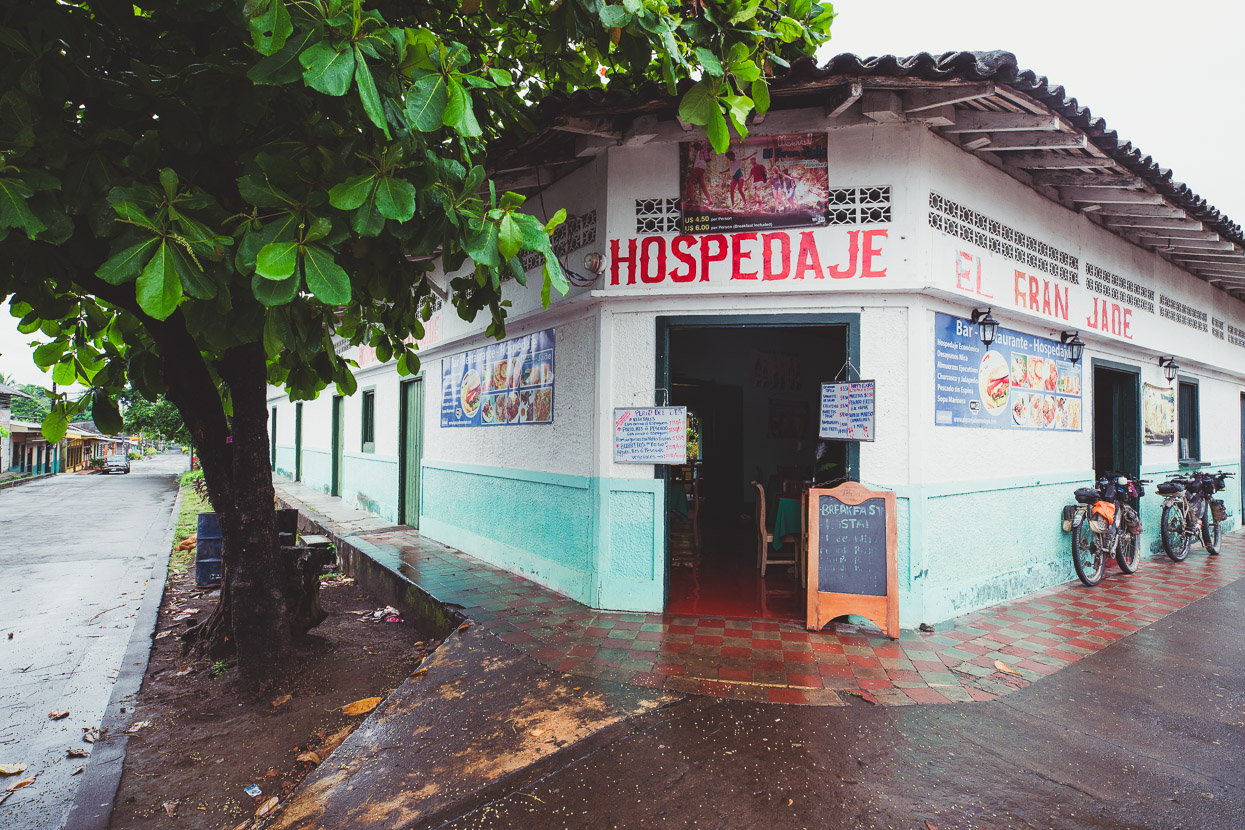
We disembarked in Moyagalpa, a humid and leafy small town on the west of the island and spent the night in a basic hospedaje. We’d had plans to ride to the next village but the well worn tyre I’d been gifted by a bike shop back in La Ceiba (and set up tubeless) wasn’t holding air so we spent some time getting that sorted.
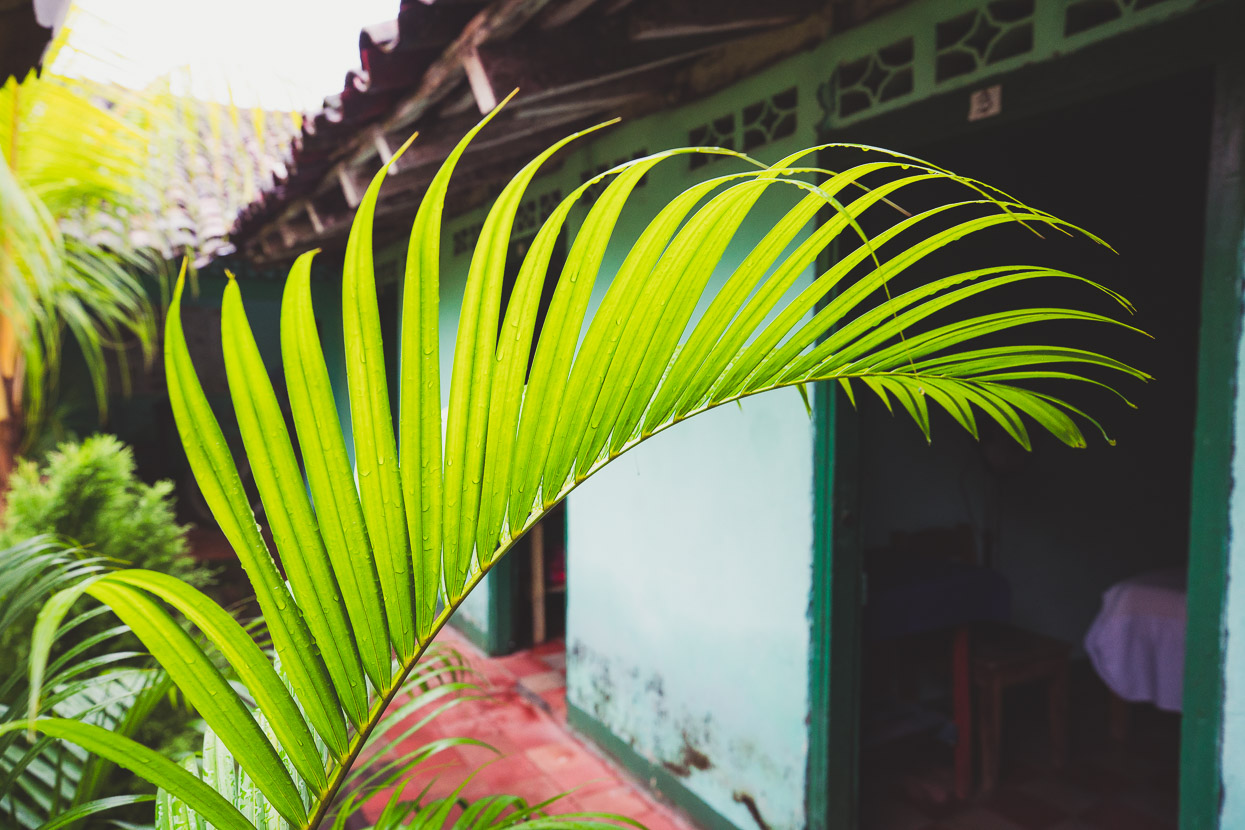
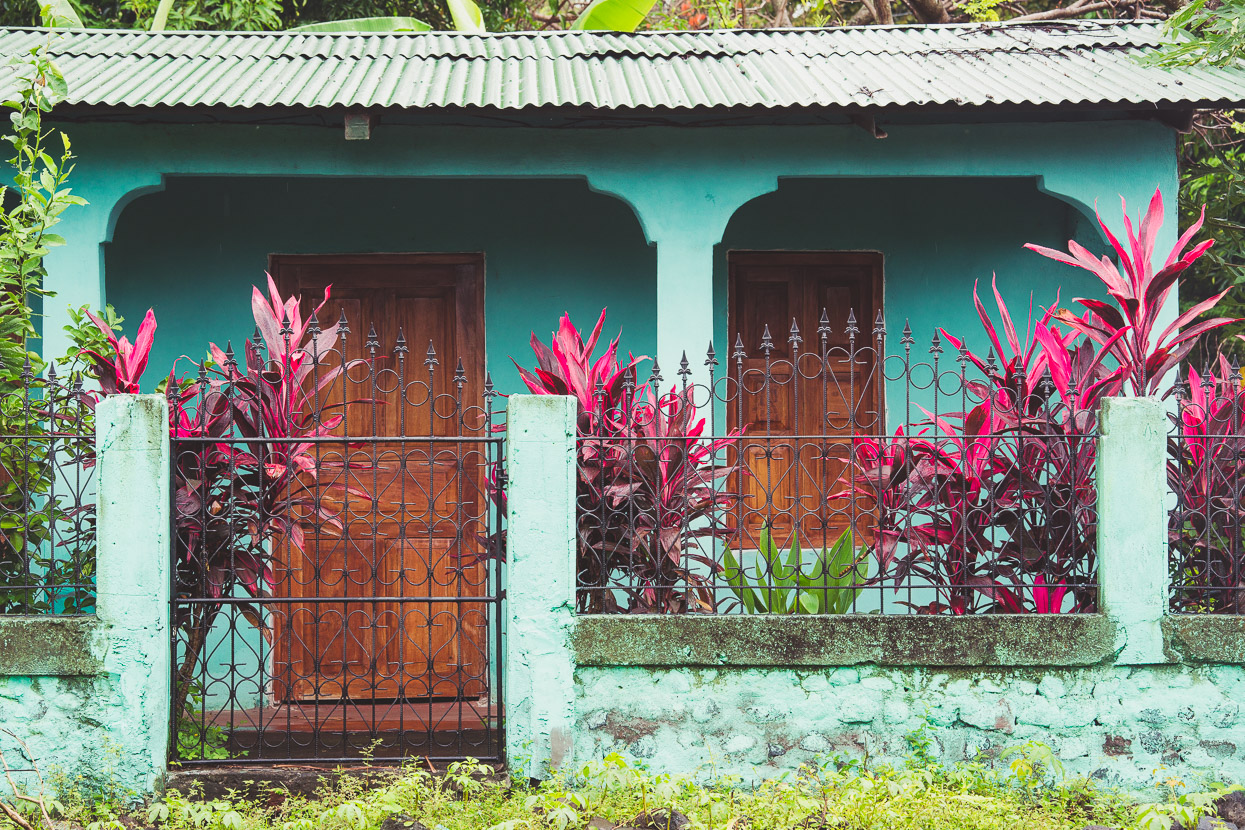
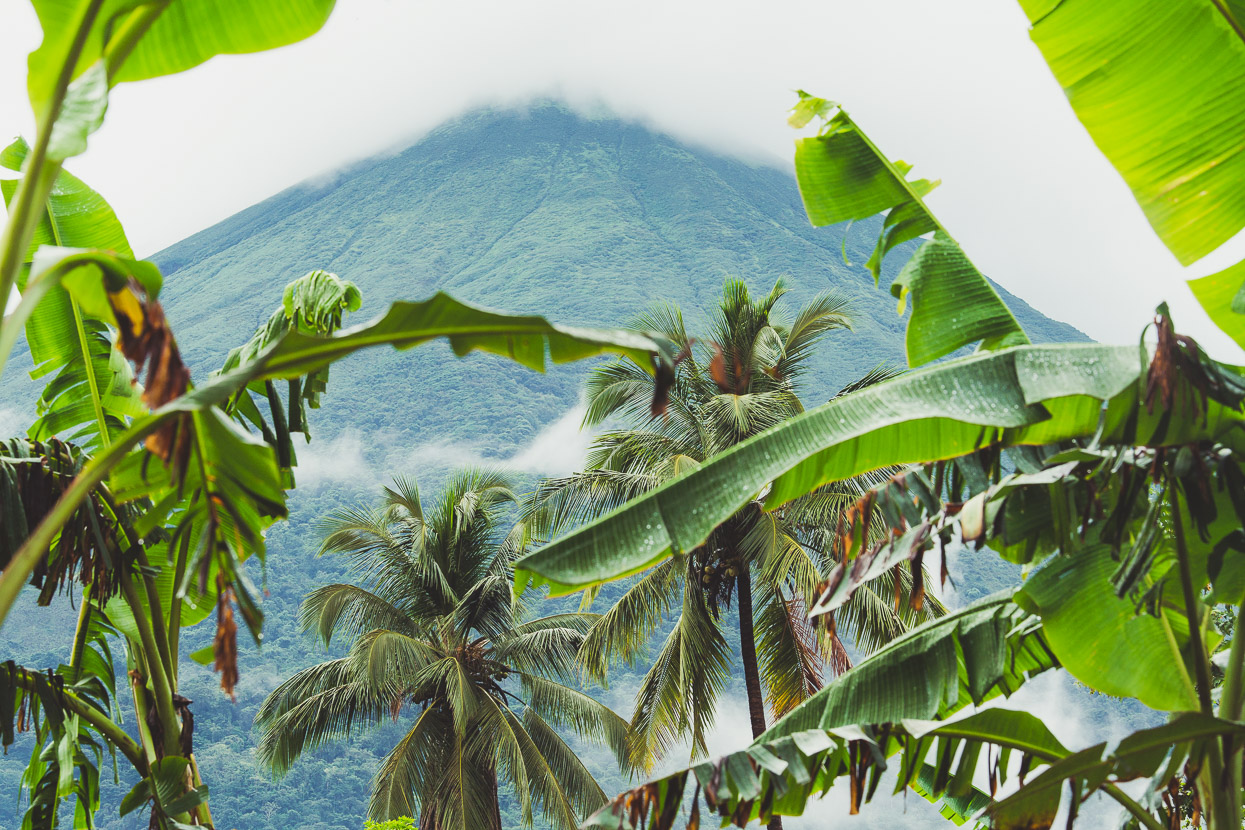
The next day we rode 63 km, clockwise around Volcán Concepción, across the small ‘neck’ linking the volcanoes and then anticlockwise around Volcán Maderas, catching plenty of views of the conical peak of Concepción, the more attractive of the two volcanoes.
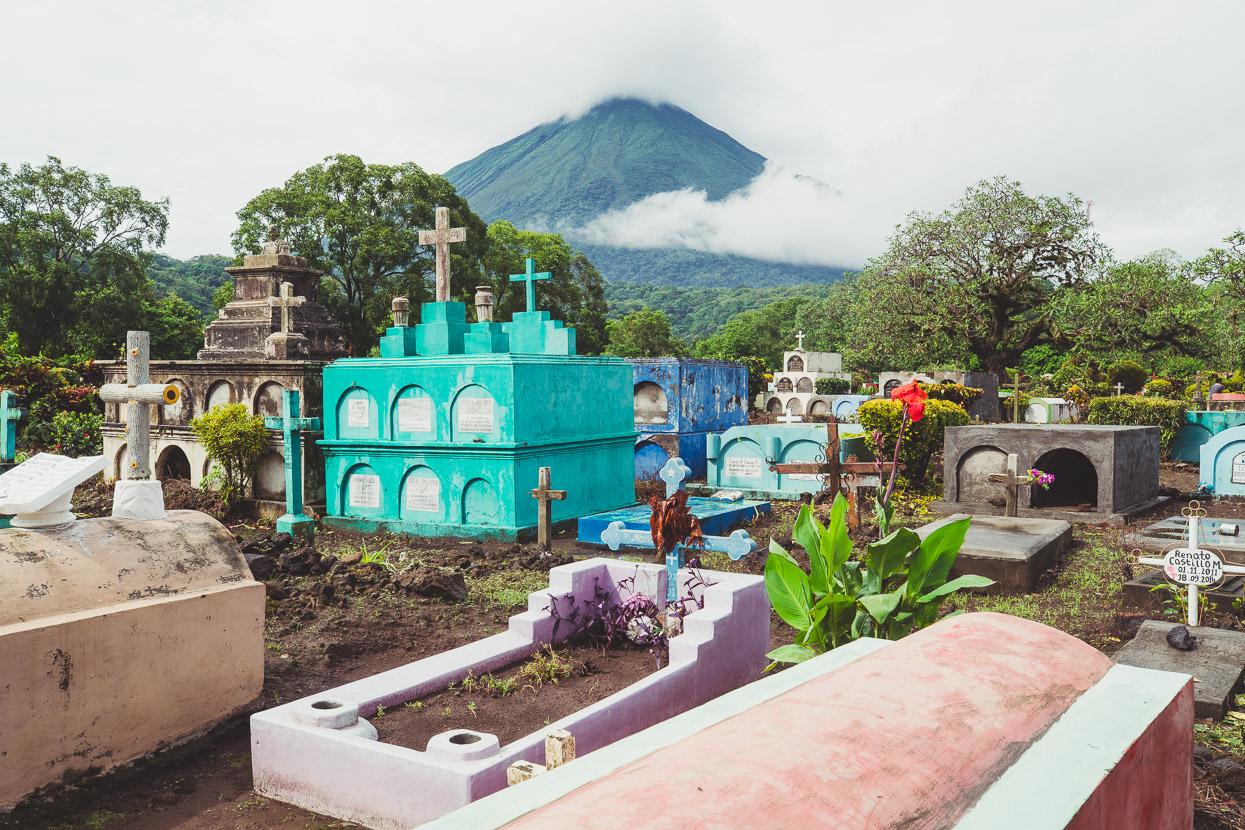
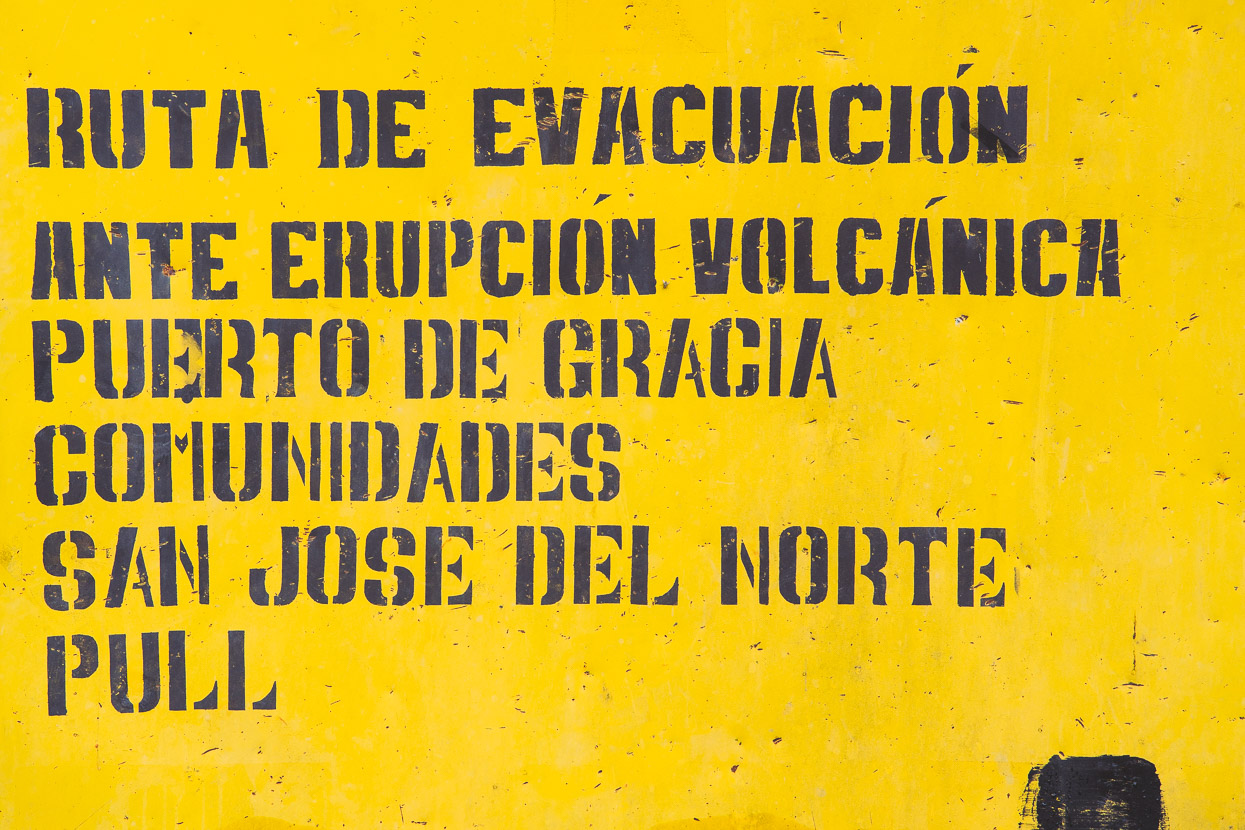
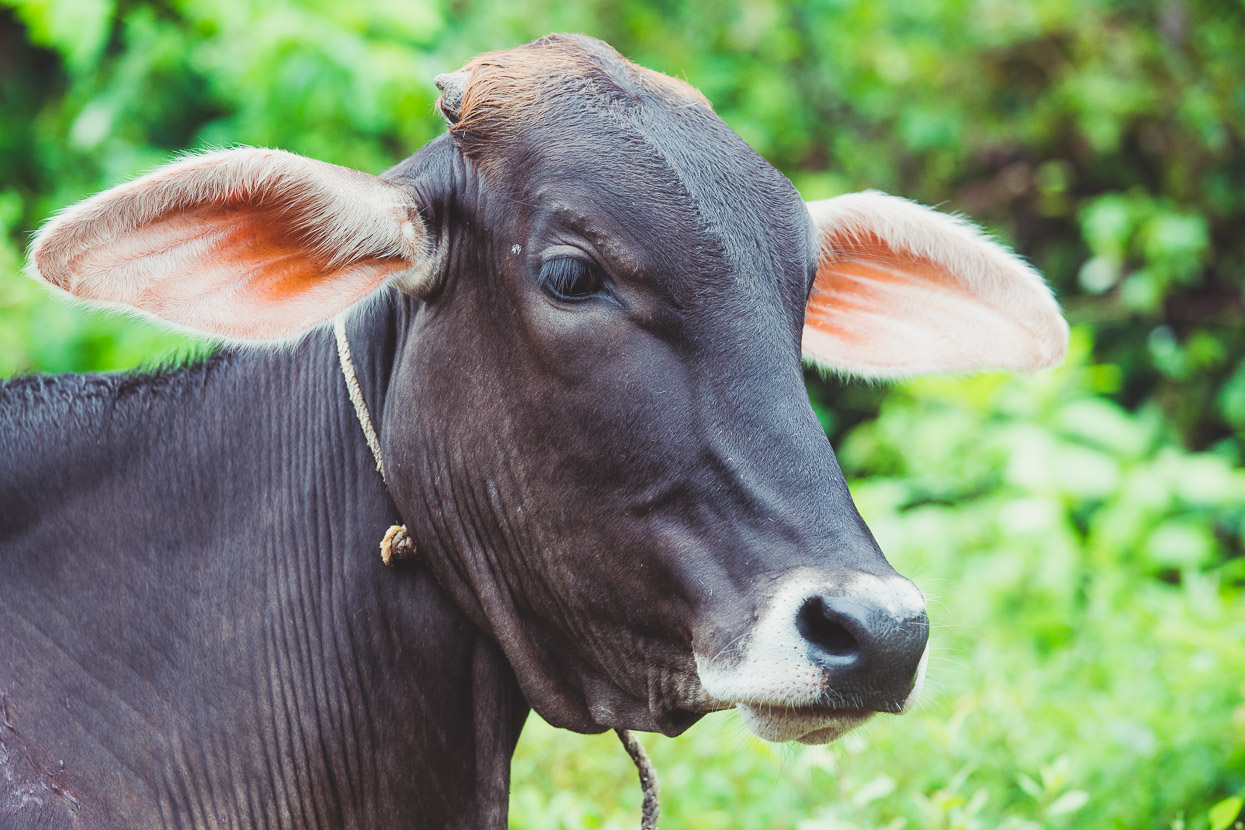
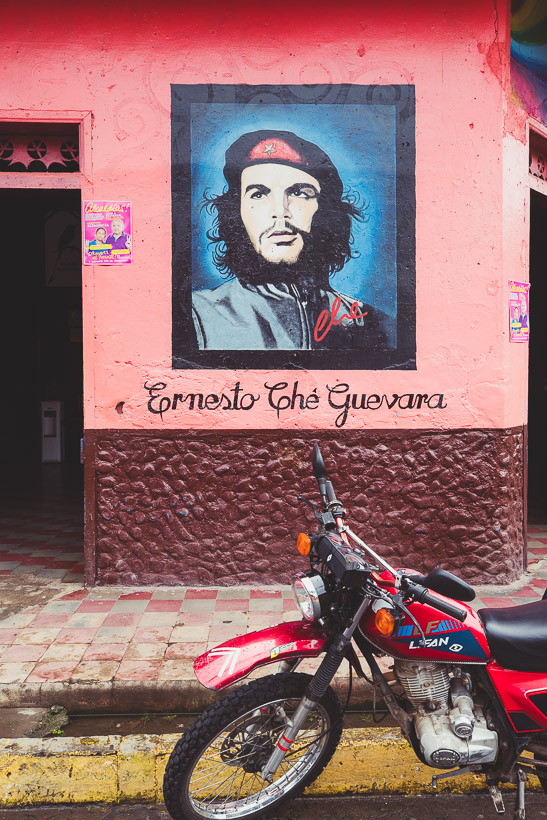
A tribute to the Argentinian hero of the Cuban Revolution, Che Guevara.
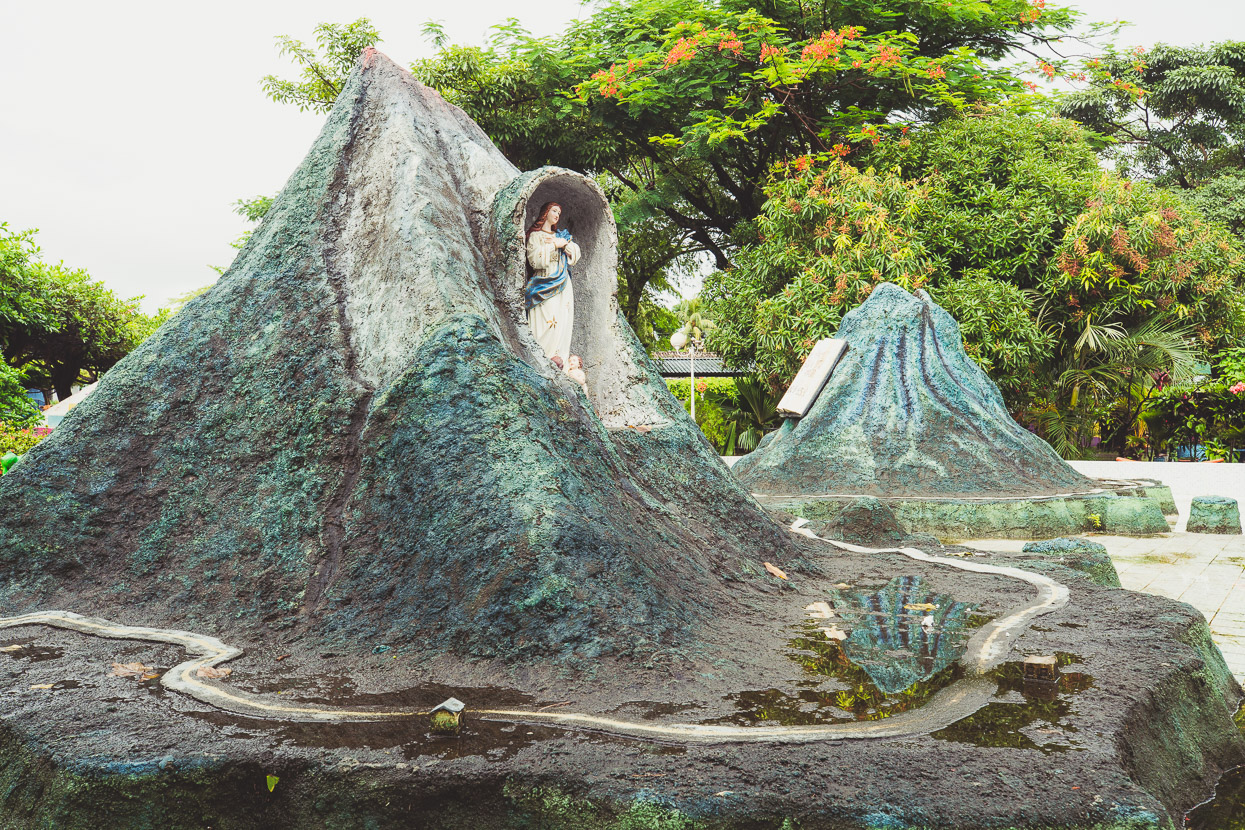
A model of the island in the public plaza, Alta Gracia.
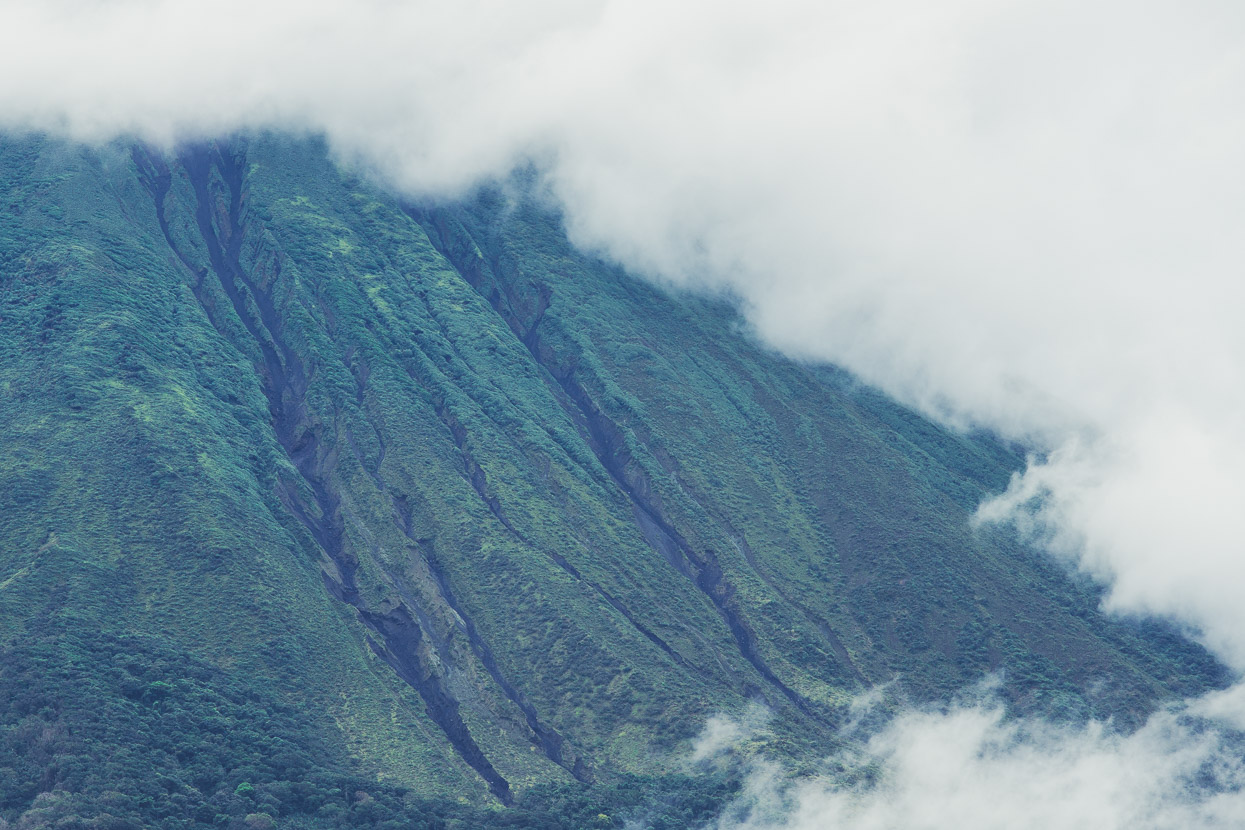
Volcan Concepción is an active volcano, last erupting violently in 2010, although little damage was done. At 1610 metres high it makes Ometepe the highest volcano island in the world. Riding around the island the evacuation signs are a constant reminder of the volatility of this location, which is also earthquake prone.
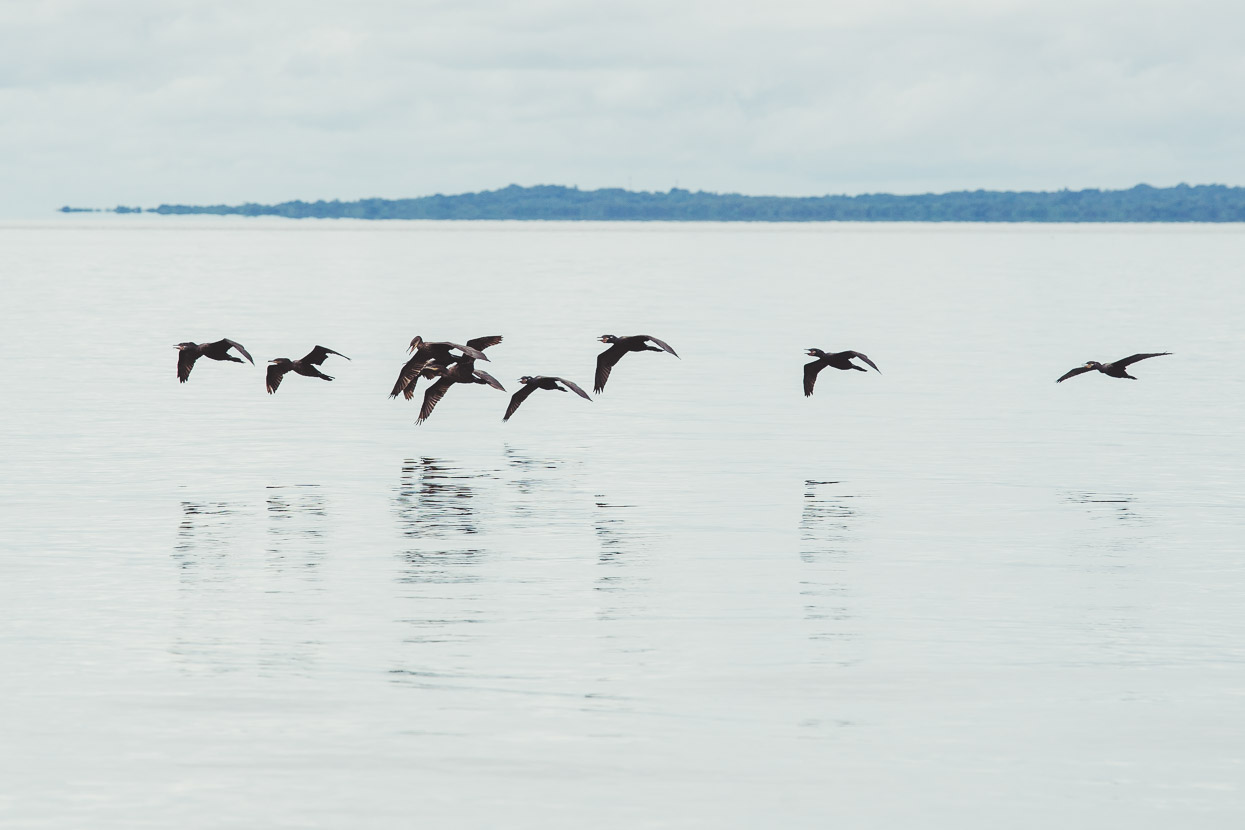
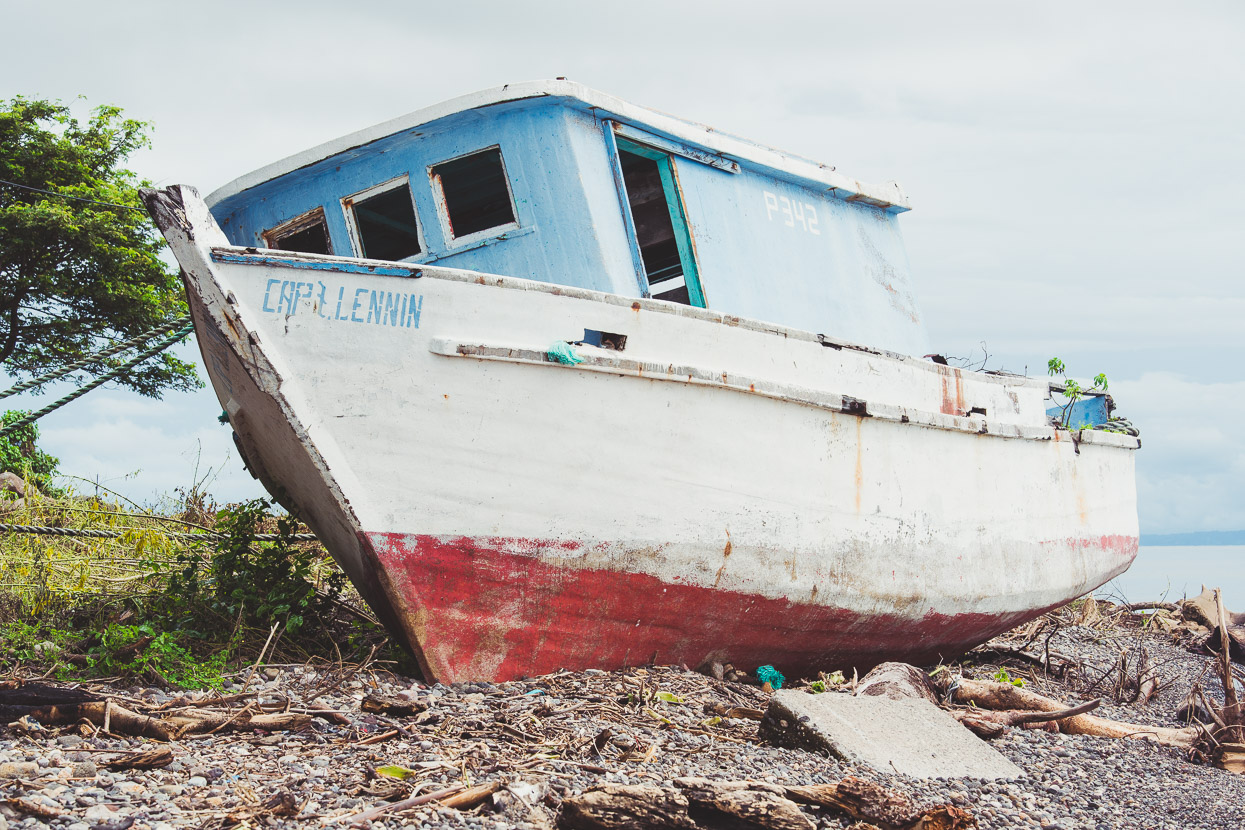
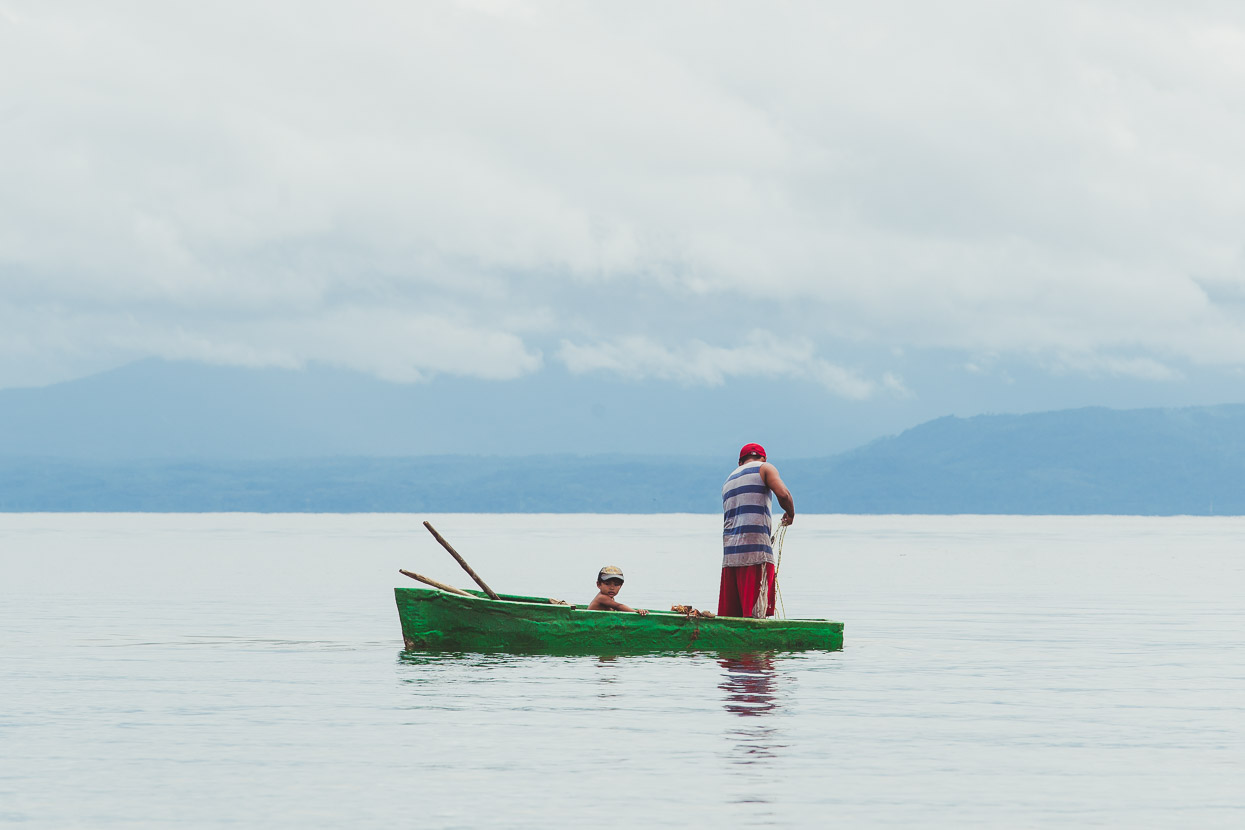
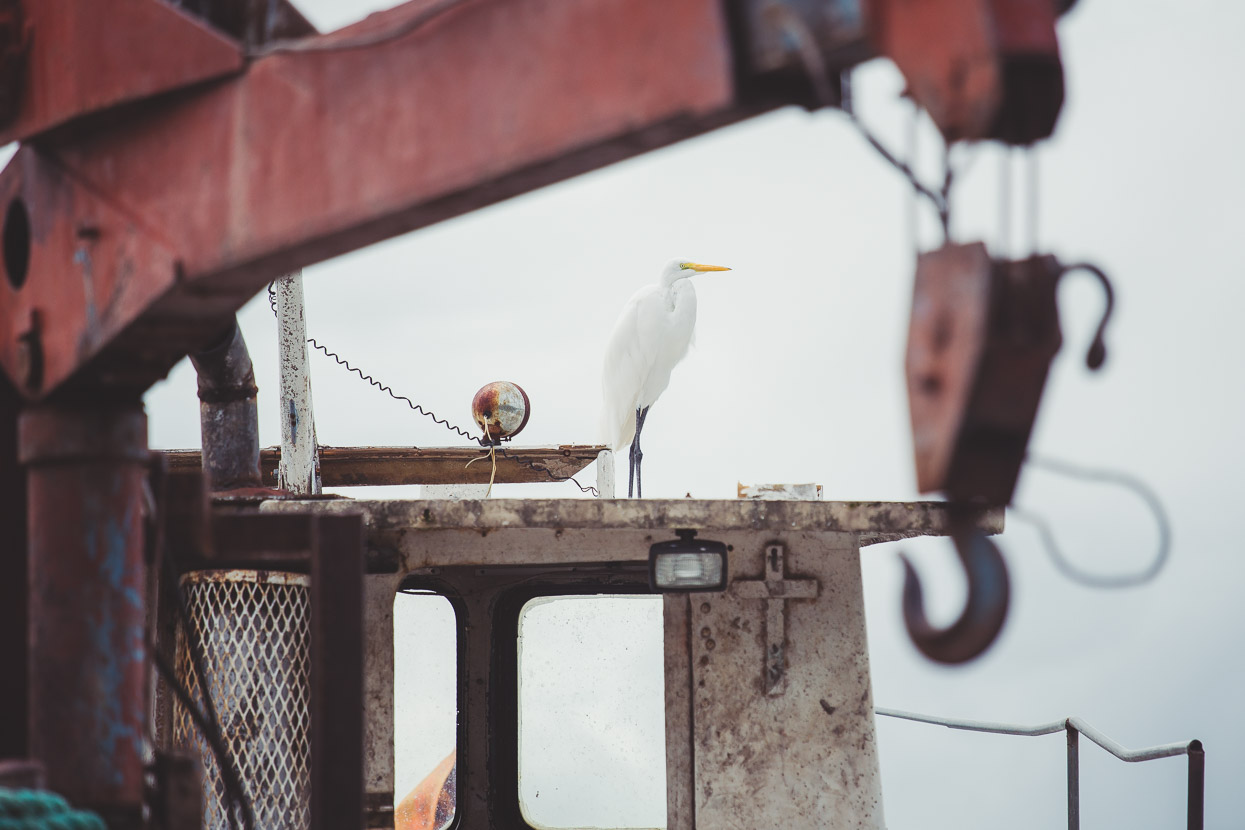
While there is not much in the way of beach on Ometepe, there are still plenty of tranquil places to stop along the coast.
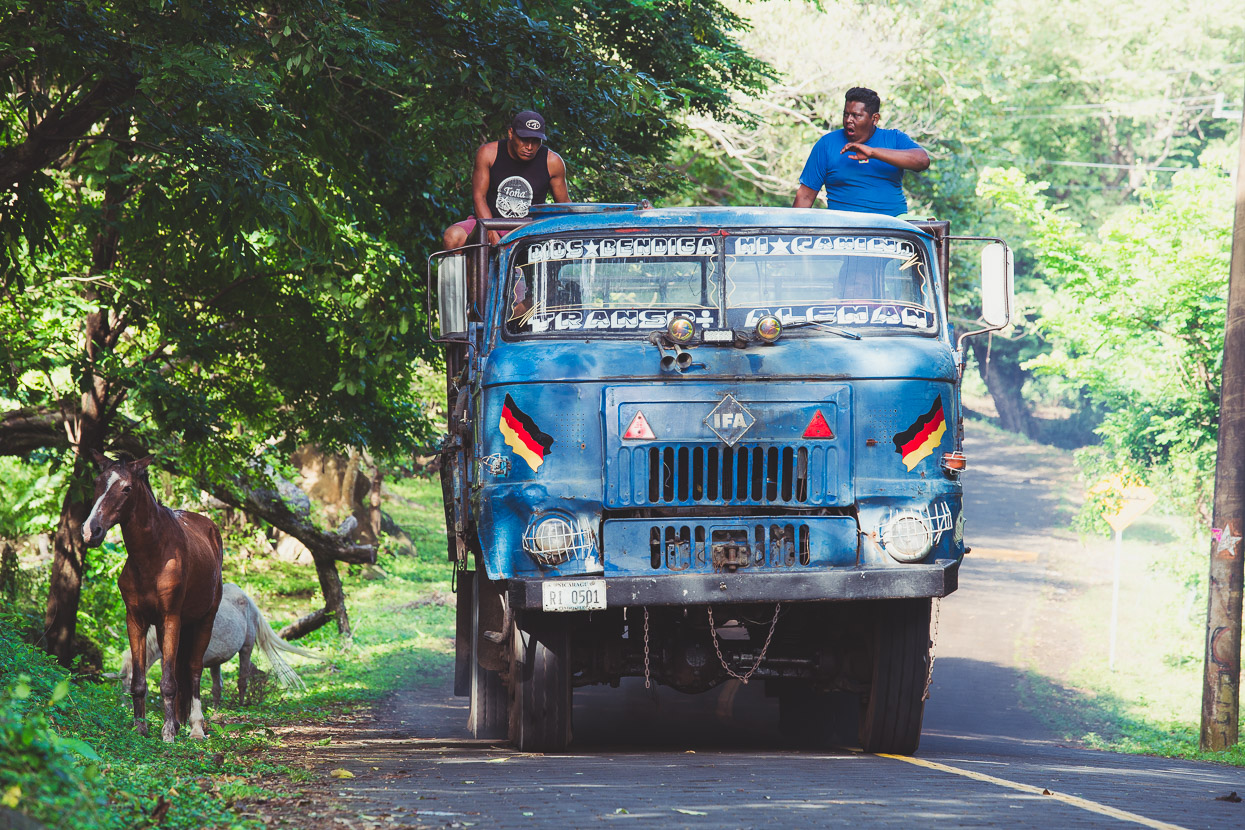
Plantains are the main crop grown on the island, along with tobacco and coffee higher on the volcanoes’ slopes. Plantain are the starchier big brother of the humble banana, usually cooked and served alongside almost any main dinner dish throughout much of Central America. They’re just as edible raw too, as long as they’re ripe enough. The odd battered truck carrying loads of these big bananas were the main traffic on the island aside from the odd tourist scooter or quad.
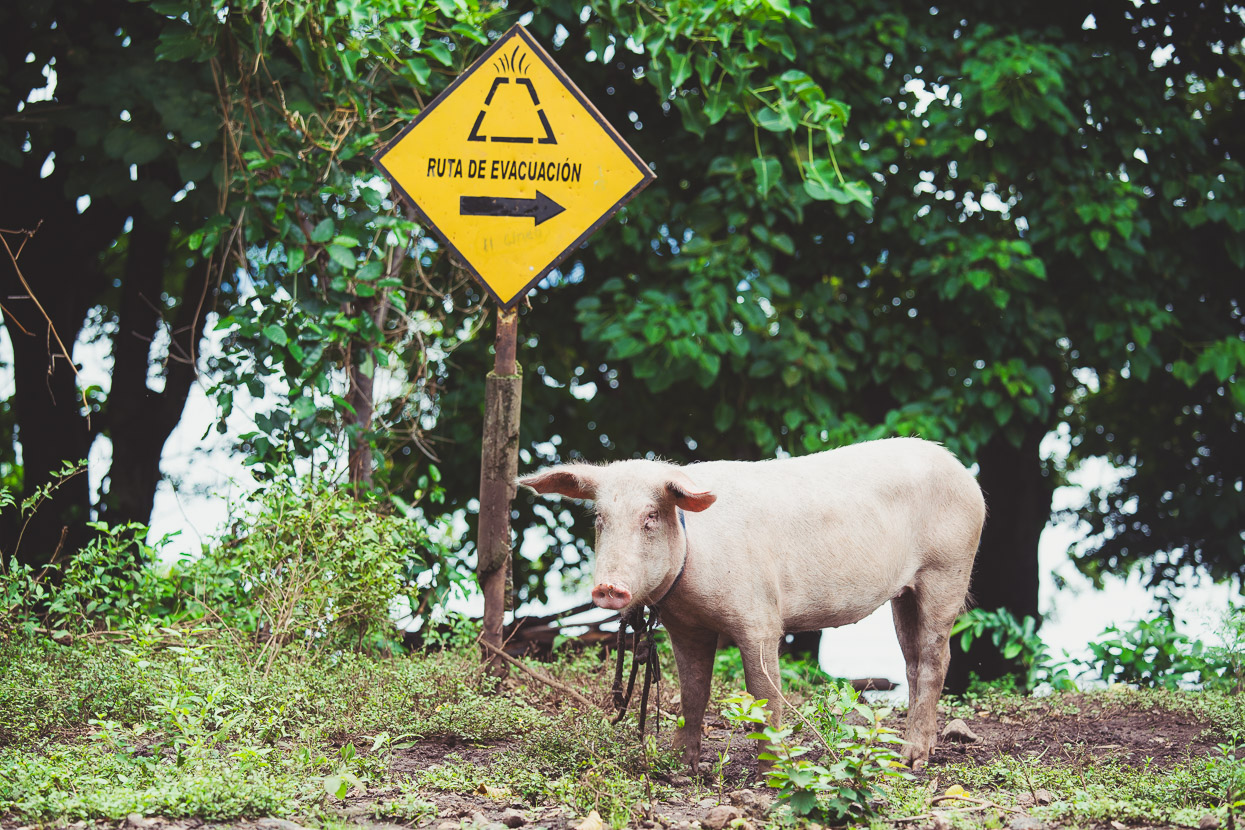
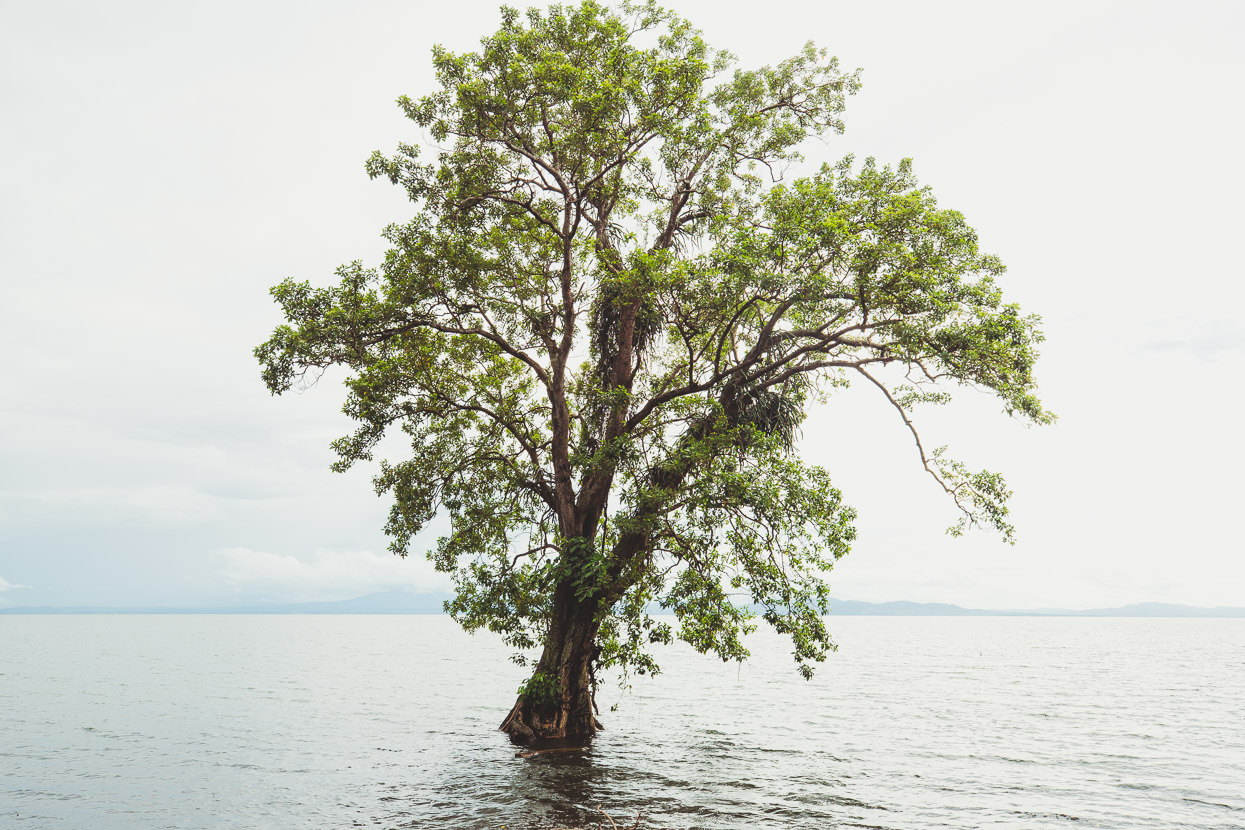
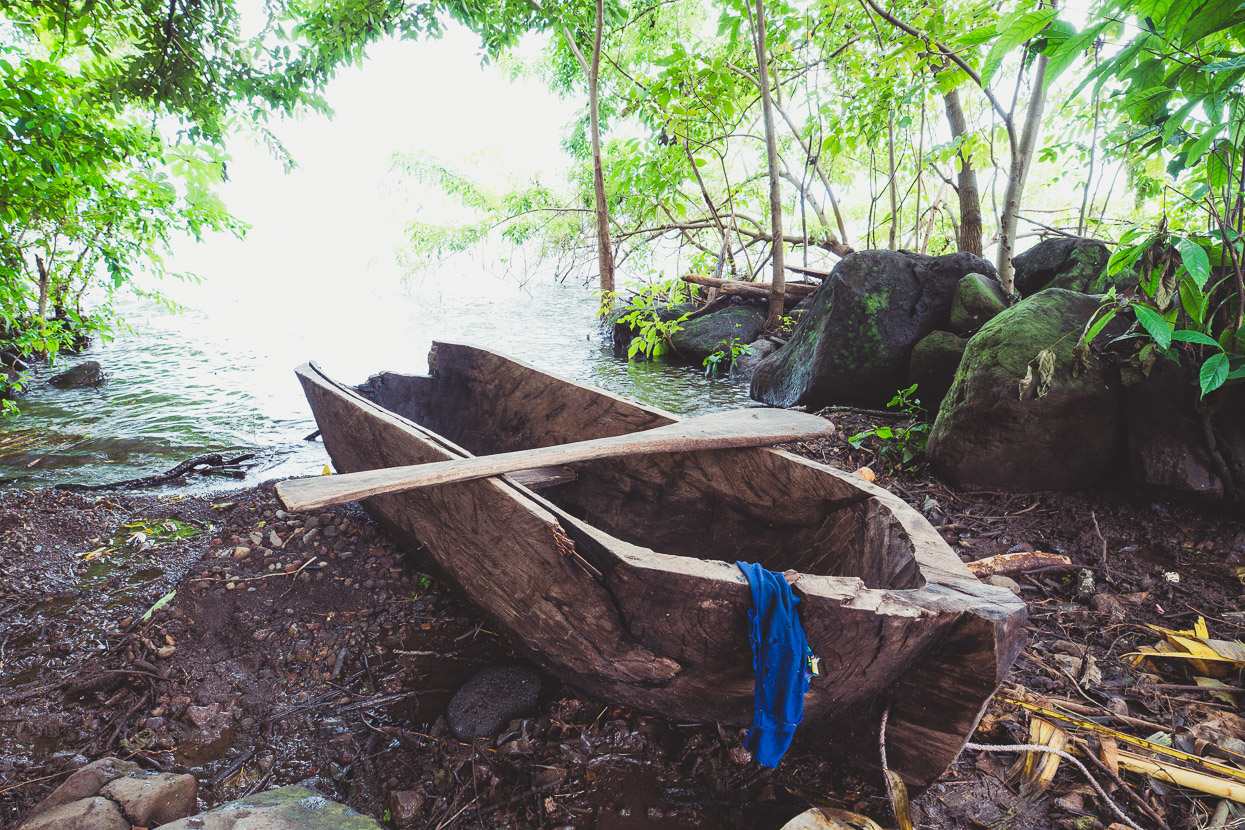
We spotted a few of these impressive – if not crude – canoes, hewn from a single tree trunk.
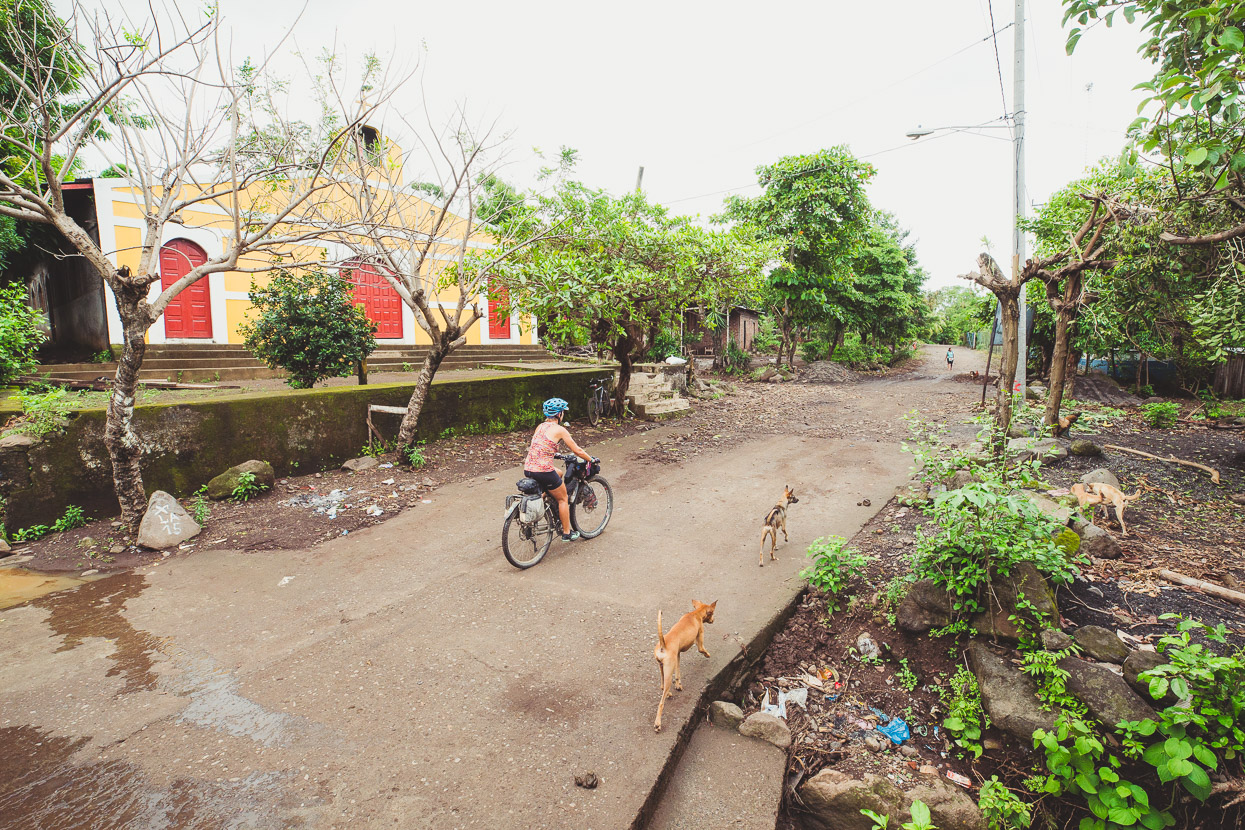
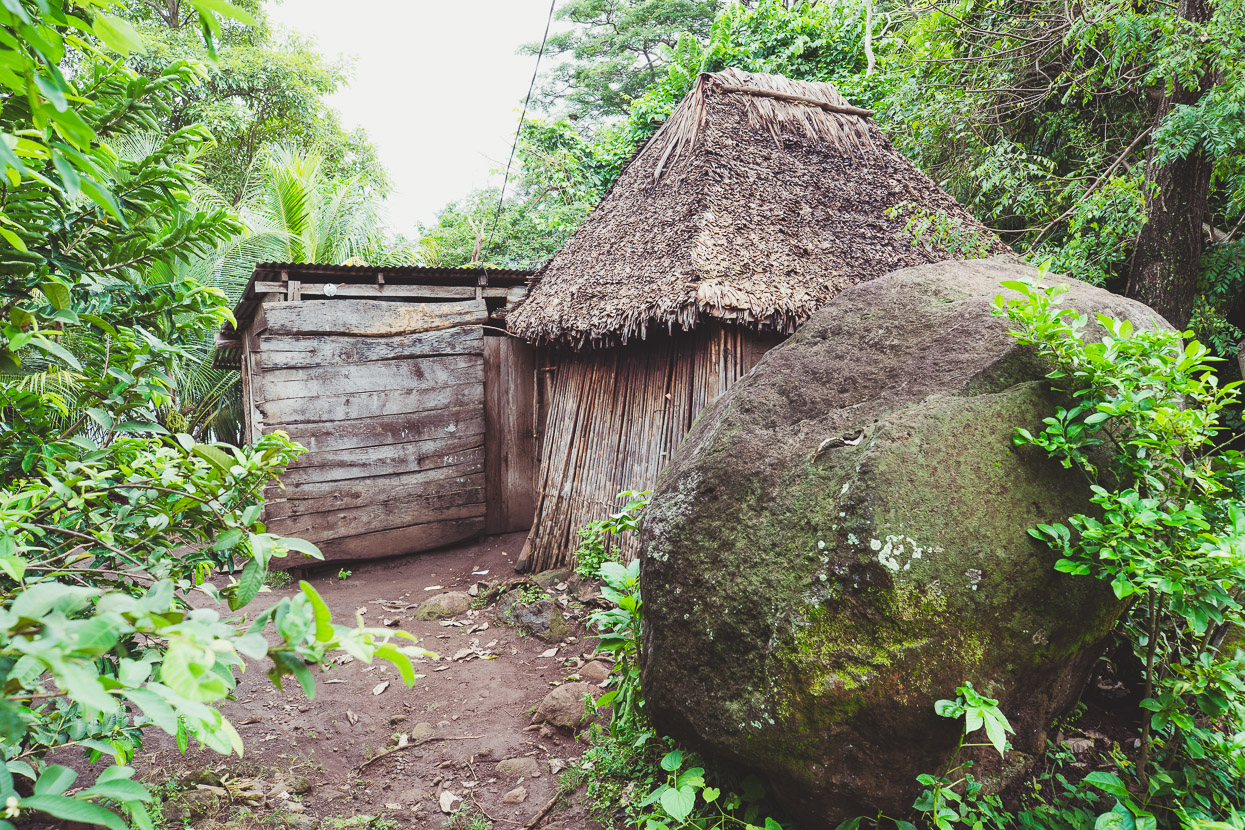
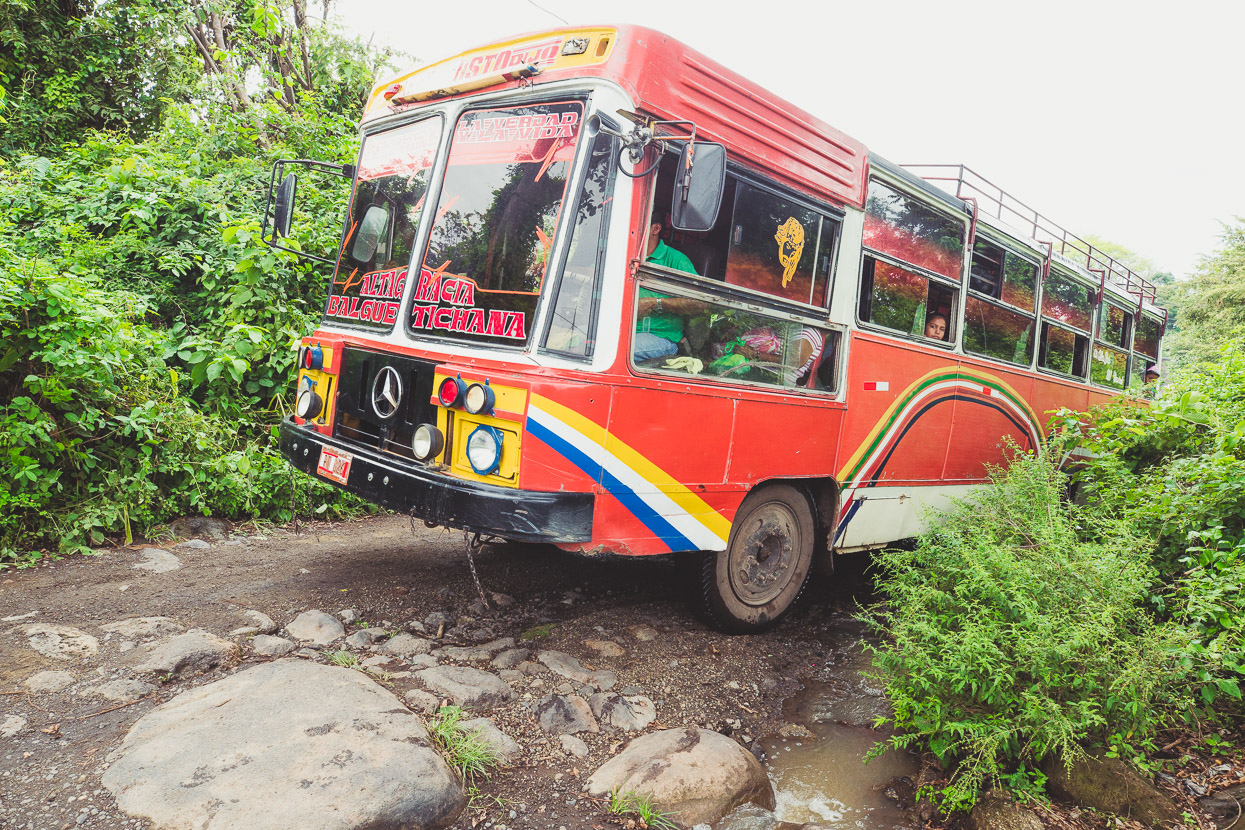
A mix of scoria studded dirt roads and quiet pavement make up the surfaces and the roughest section of riding is on the south eastern and eastern side of Maderas. But even here tourists pick their way through the ruts and rocks on hired scooters while the island’s few busses sometimes rumble along, taking up the whole track.
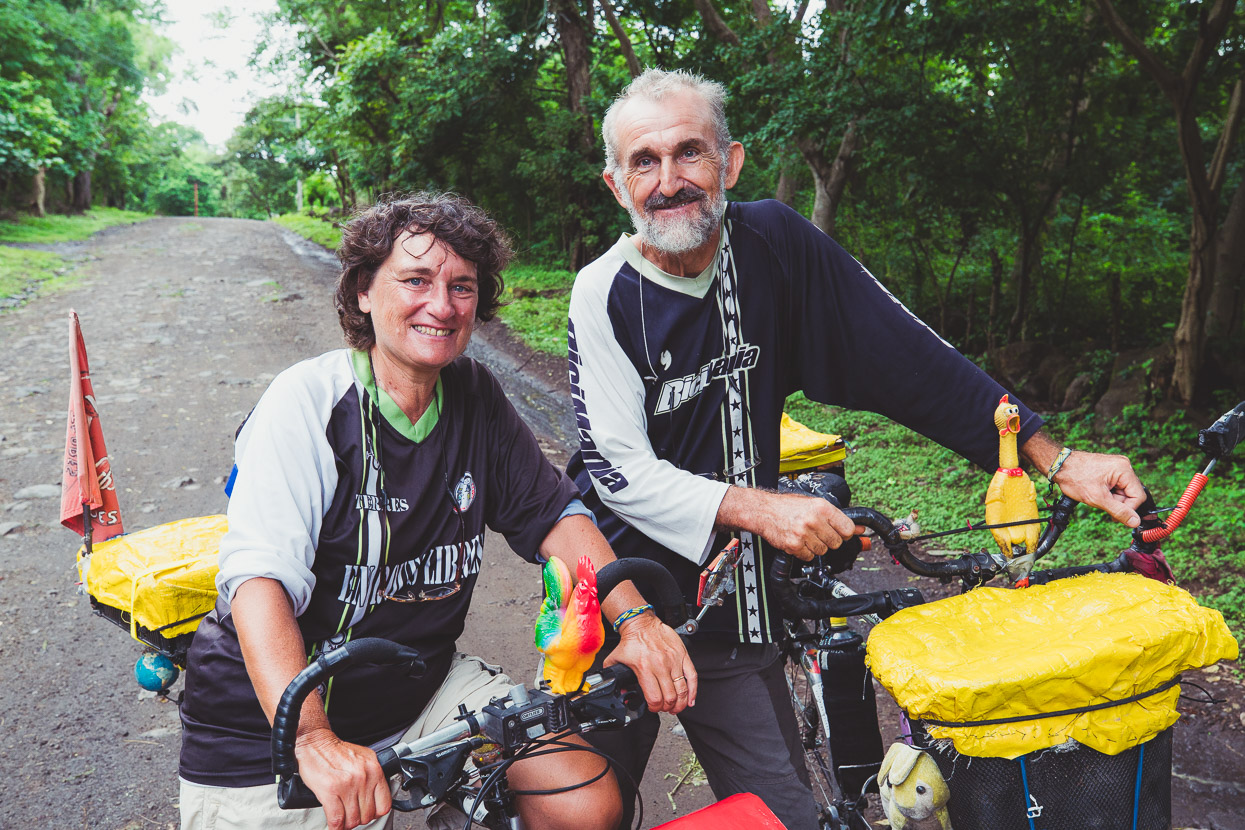
We met the only other cycle tourists (actually on the road) that we’ve met since Guatemala,
Dominique and Michel Gony, a French couple who are headed north from Ushuaia, which is our final destination. They are headed to Alaska, making our meeting point roughly halfway in our respective journeys. Their touring style is more traditional and road based but their bikes were whimsically decorated in that classically French way which I’m sure makes a good ice breaker at times.
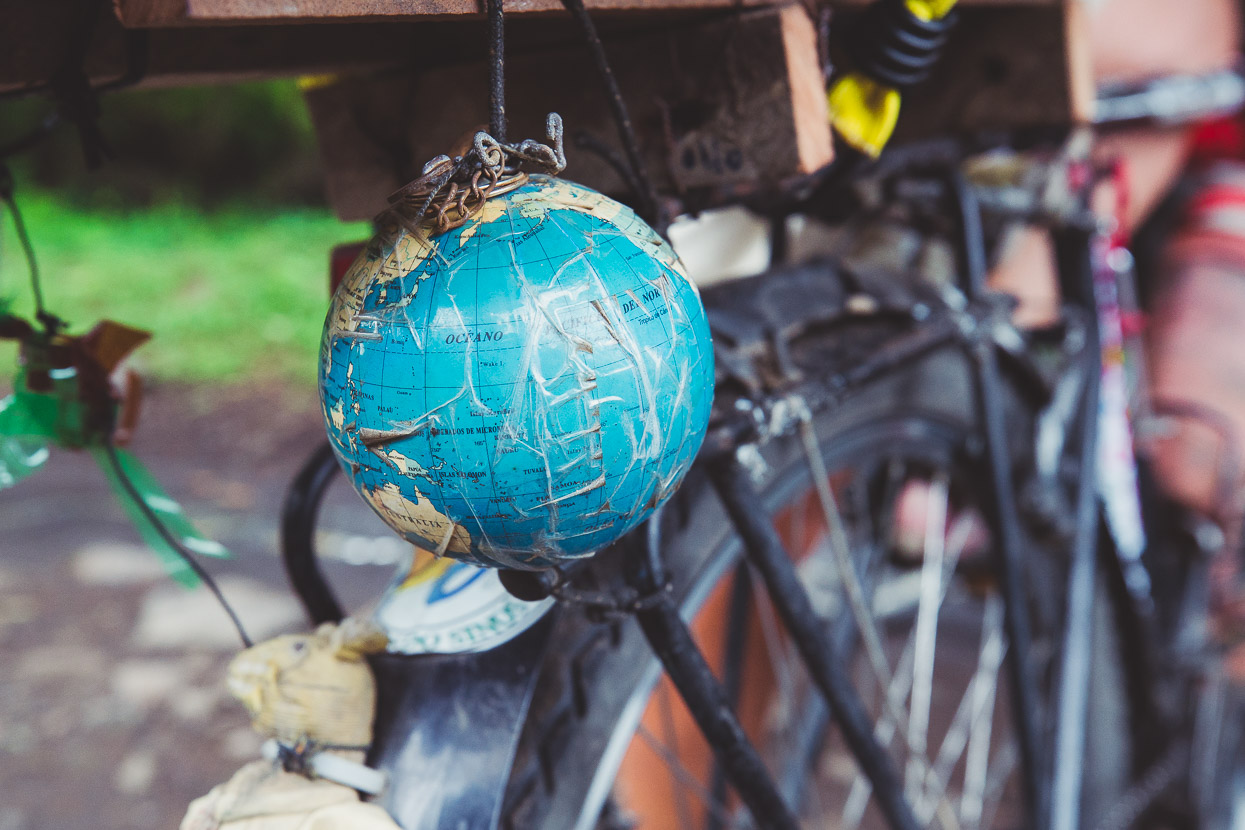
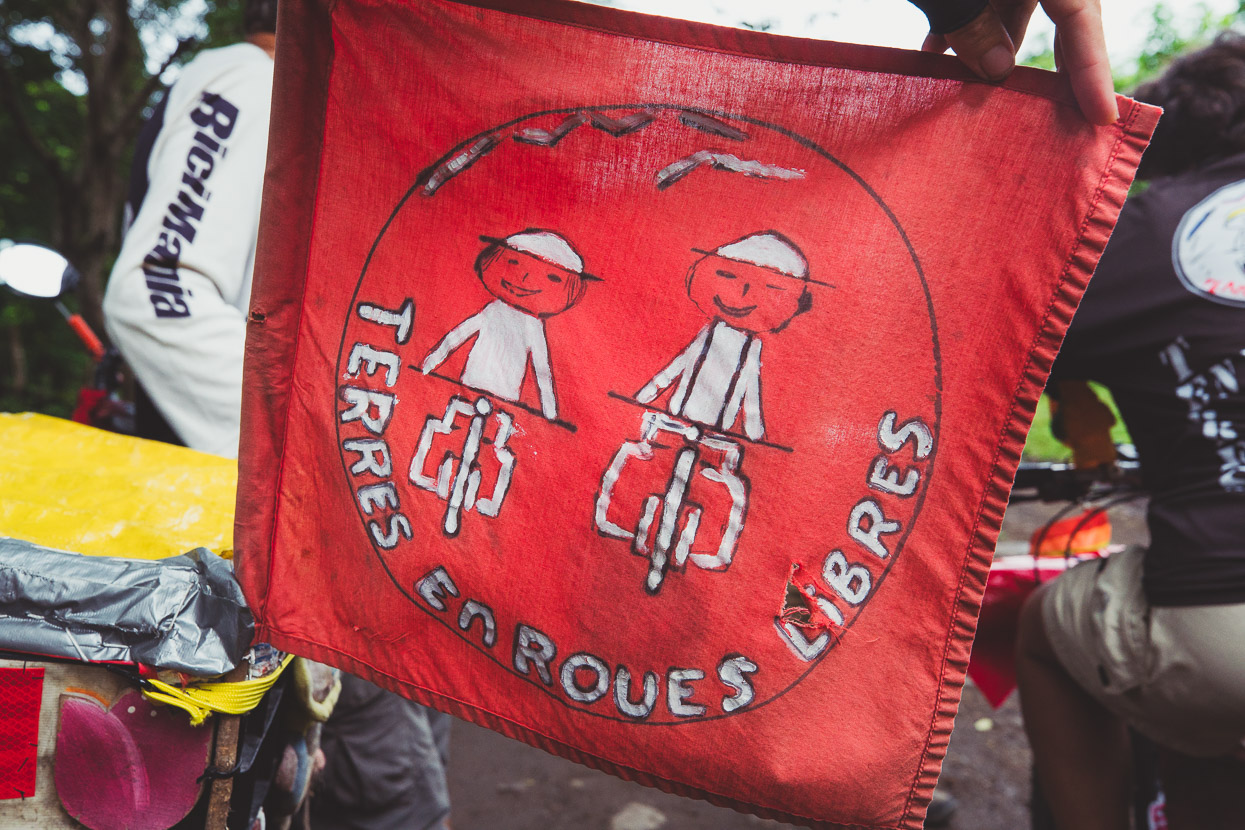
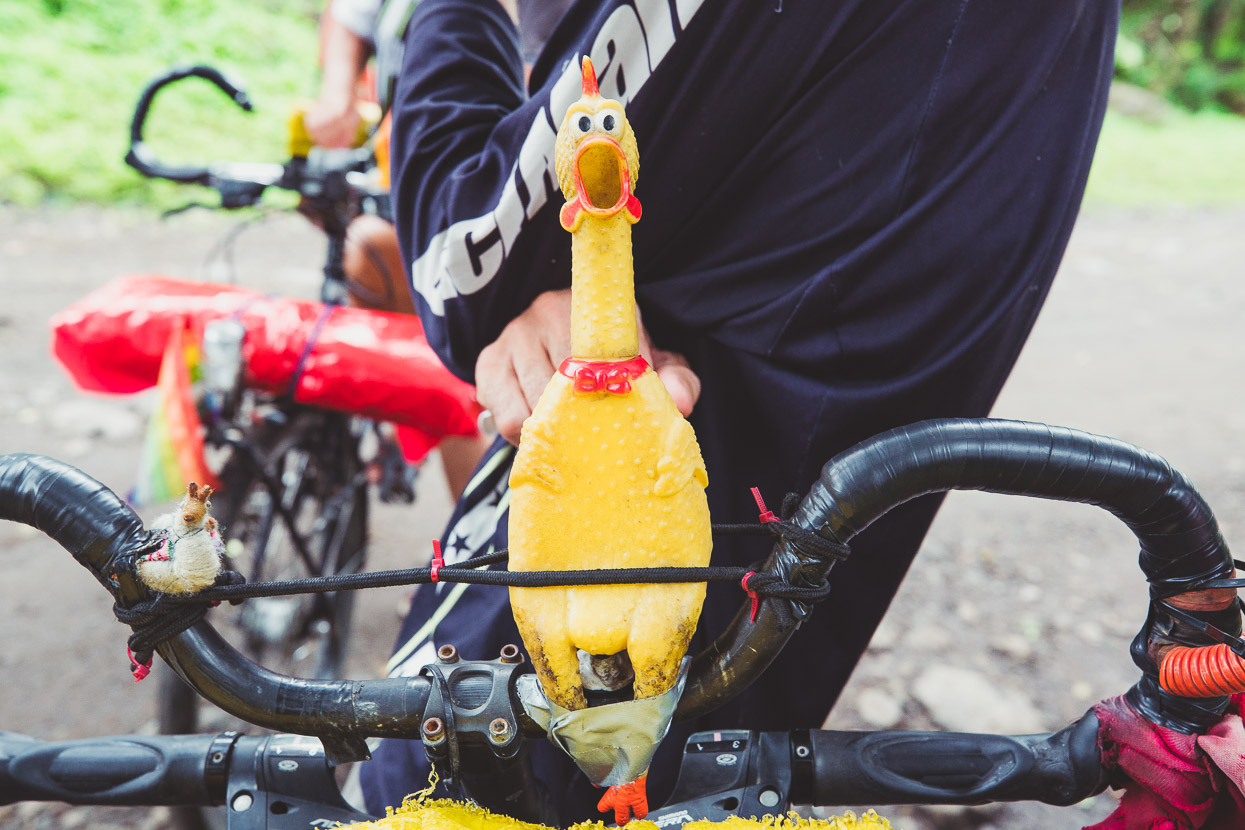
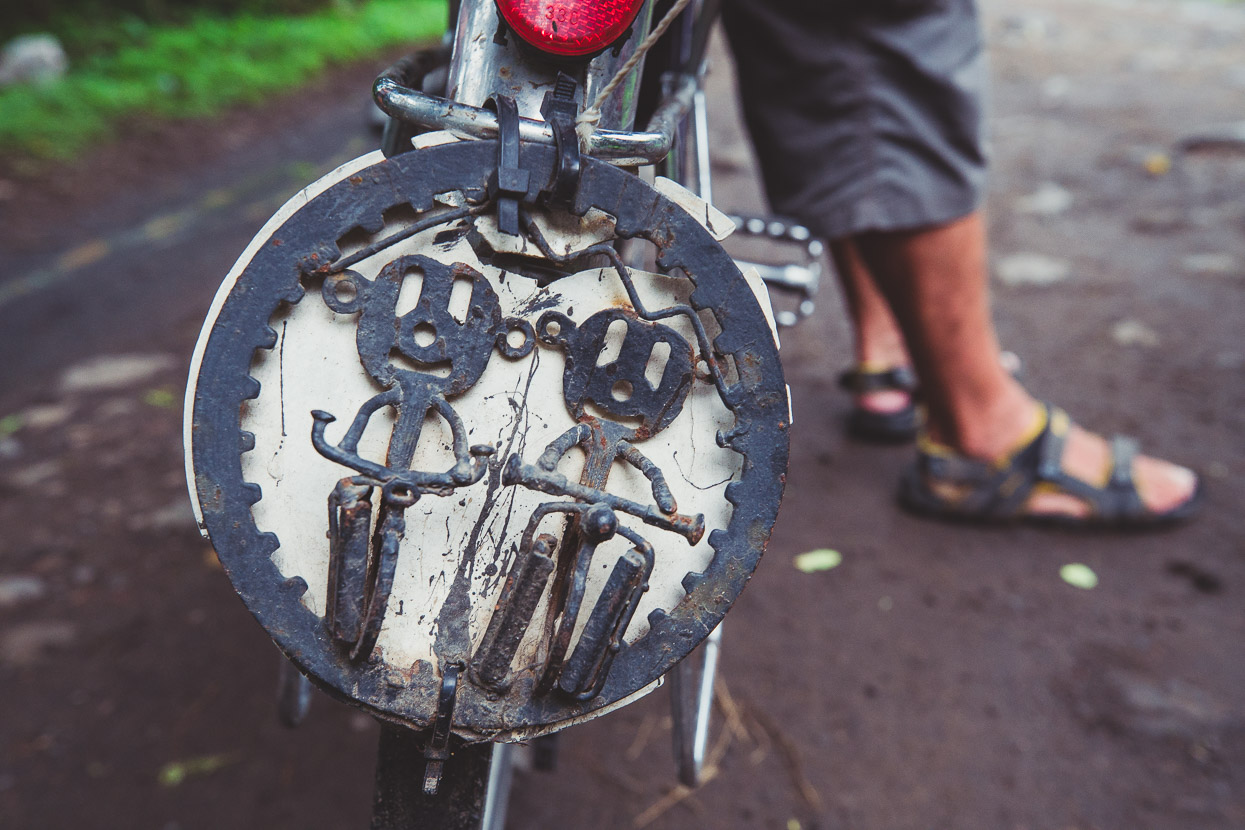
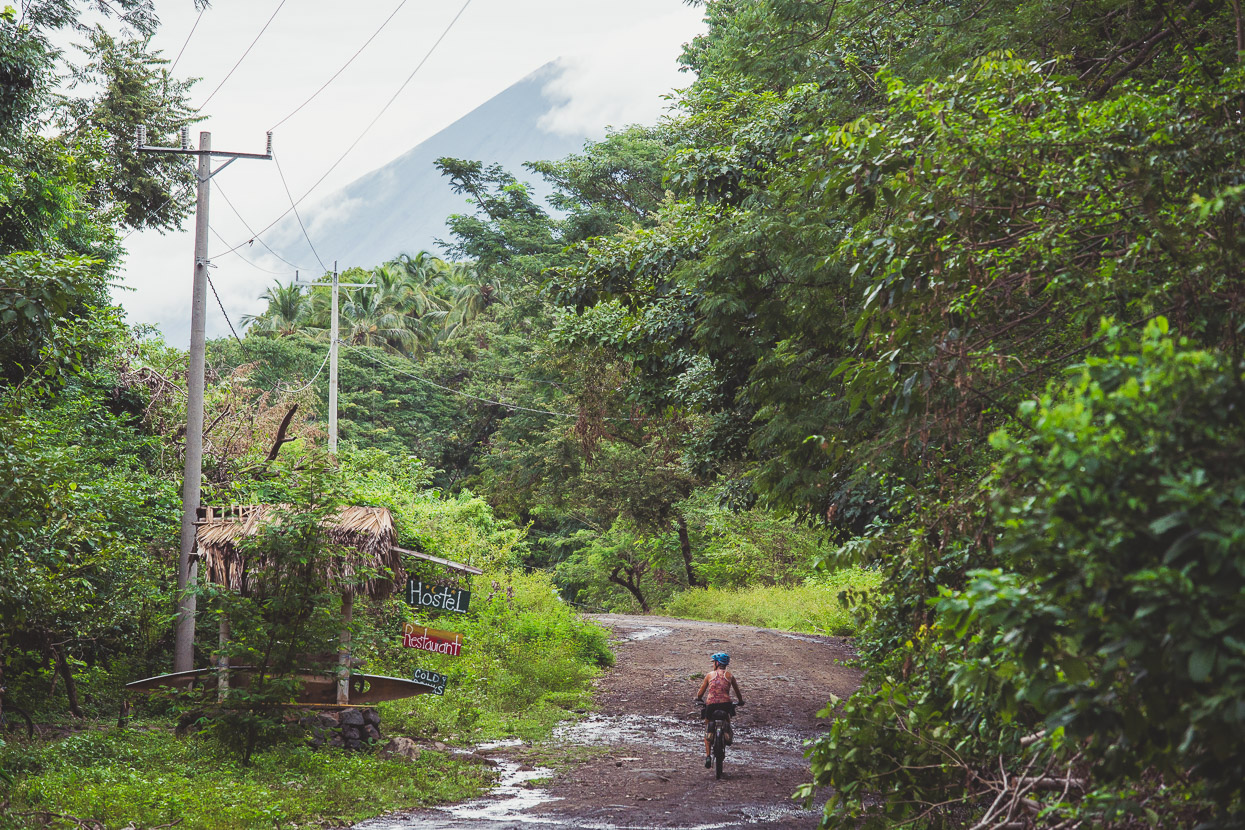
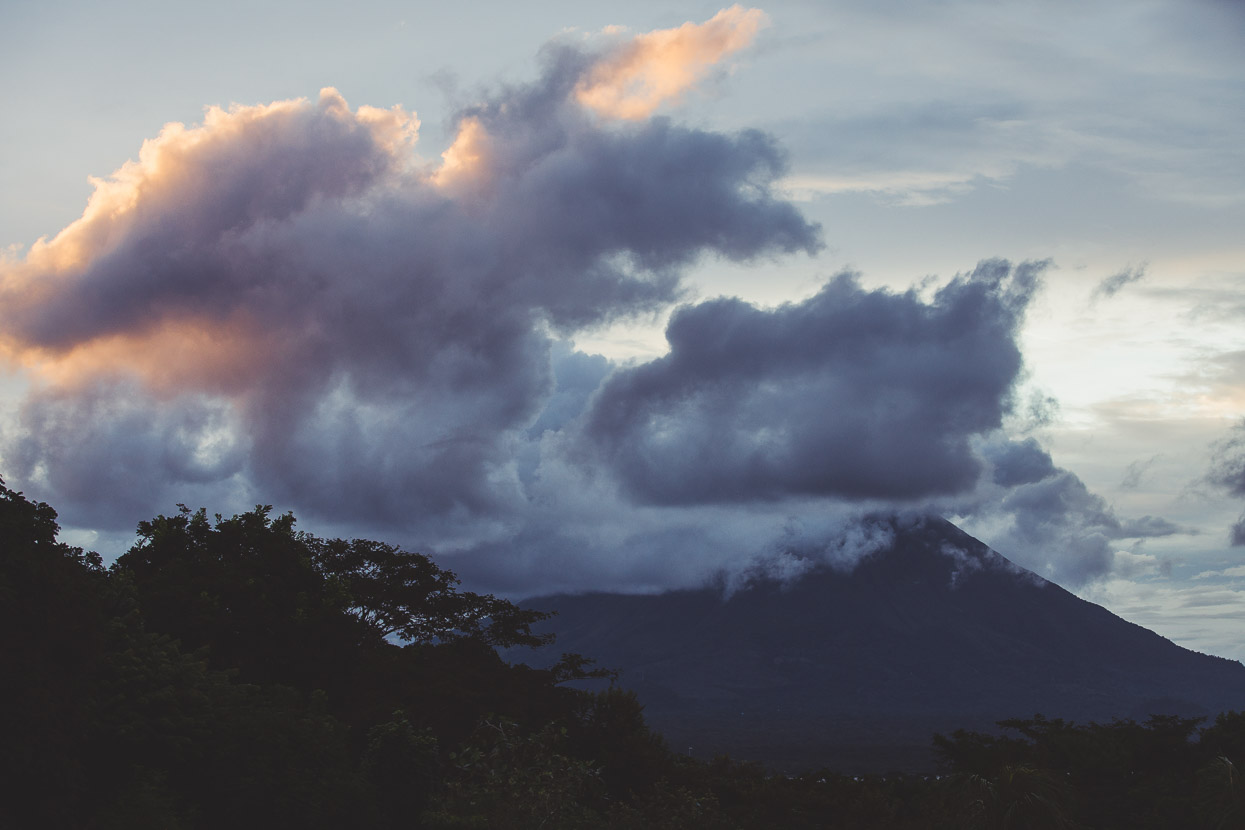
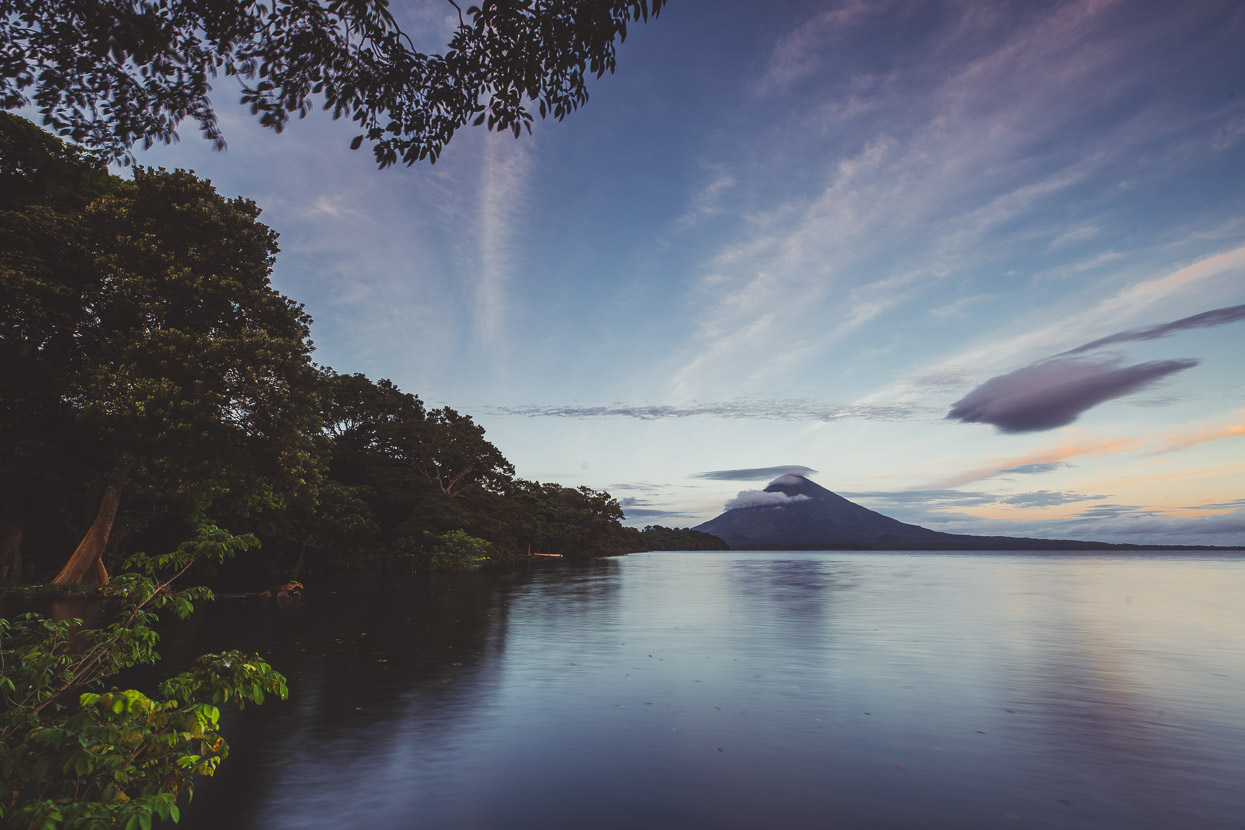
There is tourist accommodation scattered about the island and a few small concentrations of restaurants and it was at one of these areas – in Balgüe – that we spent a night before completing the circuit and ferrying back to the mainland in the early afternoon of the following day. We slept at the Lazy Crab Hostel (spacious, good wifi, coffee – recommended) and found a meal at a comedor over the road for a few dollars each, and you can catch this view of Volcan Concepción at dawn with a two minute walk to the lake shore.
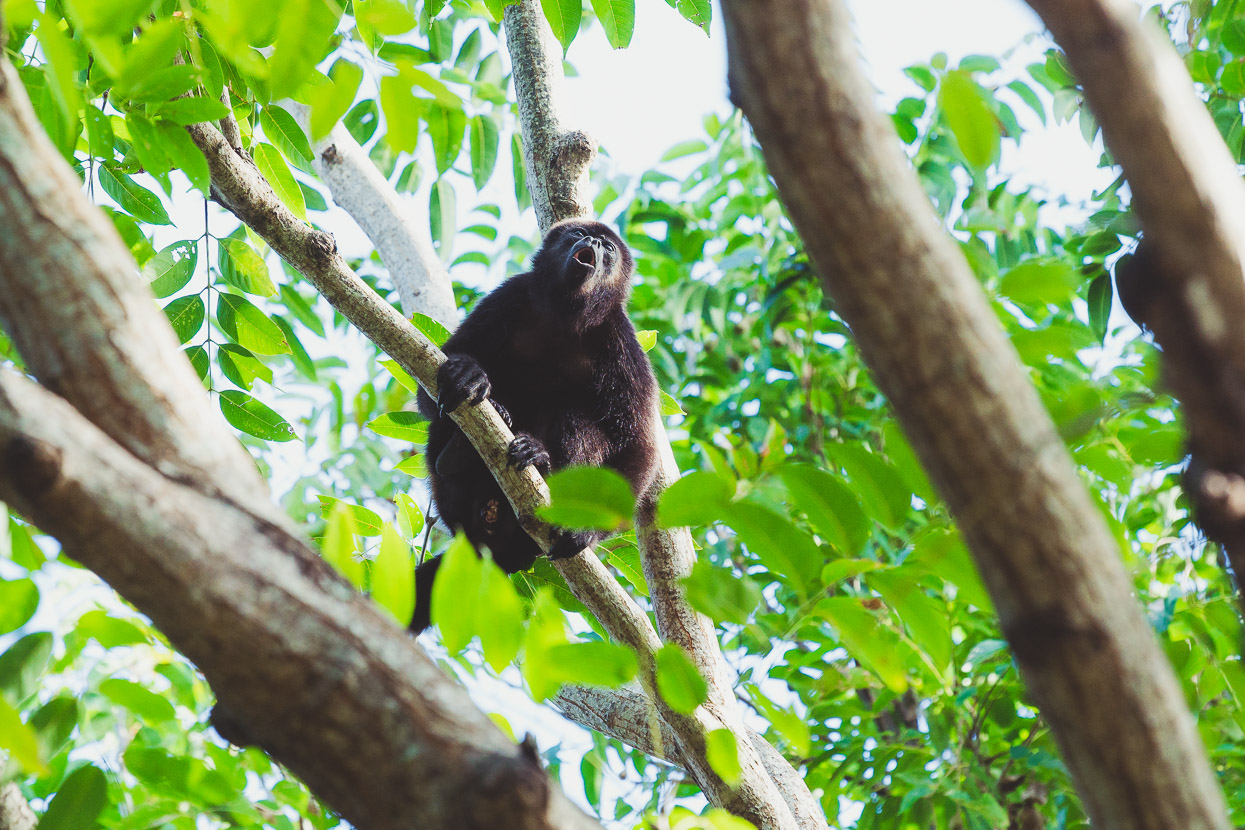
Howler Monkeys frequent this area too, and we saw more on the paved road that run clockwise round to Moyagalpa. You’ll nearly always hear them before you see them; their penetrating, eerie howls dominate the dawn soundscape in many of the jungled regions of Central America. A sound I’ll never forget.
Isla de Ometepe is one of the recommended rides on bikepacking.com, you can read more about it there.
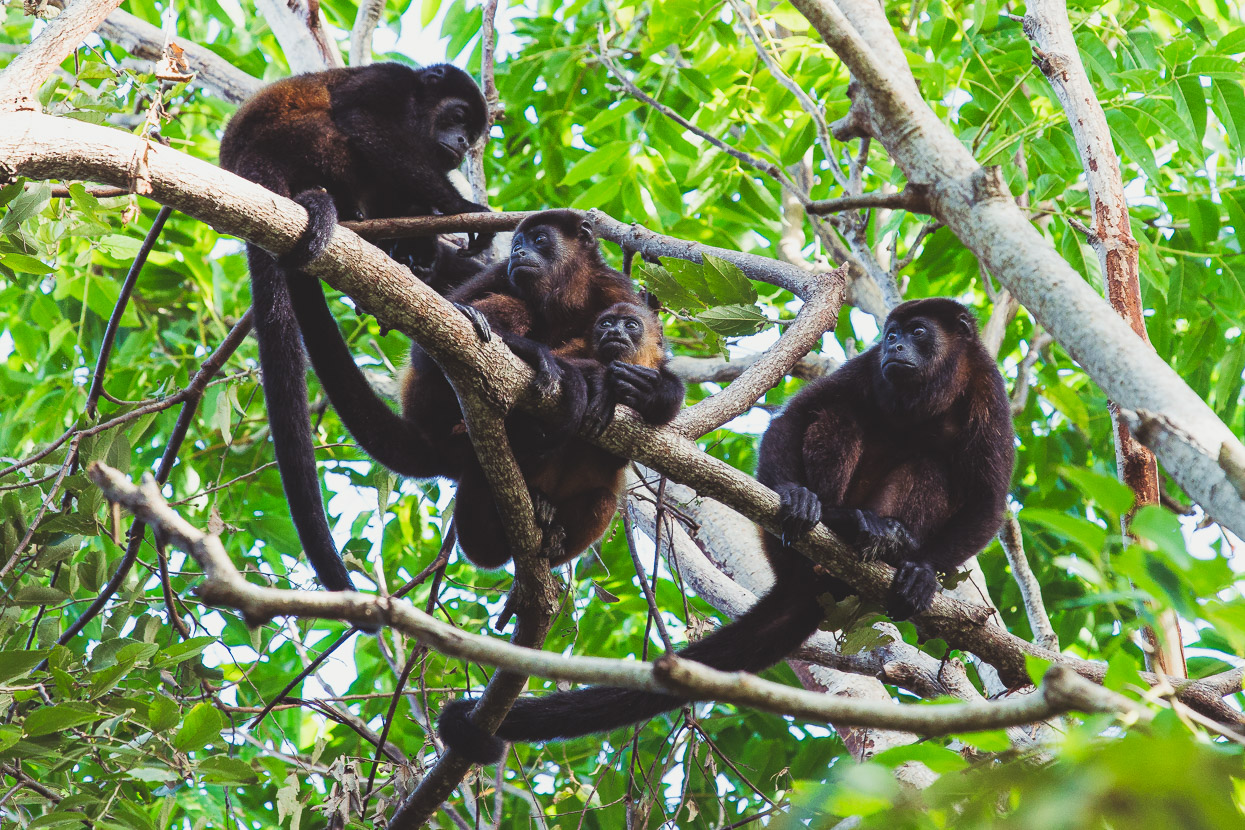
Do you enjoy our blog content? Find it useful? We love it when people shout us a beer or contribute to our ongoing expenses!
Creating content for this site – as much as we love it – is time consuming and adds to travel costs. Every little bit helps, and your contributions motivate us to work on more bicycle travel-related content. Up coming: camera kit and photography work flow.
Thanks to Biomaxa, Revelate Designs, Kathmandu and Pureflow for supporting Alaska to Argentina.

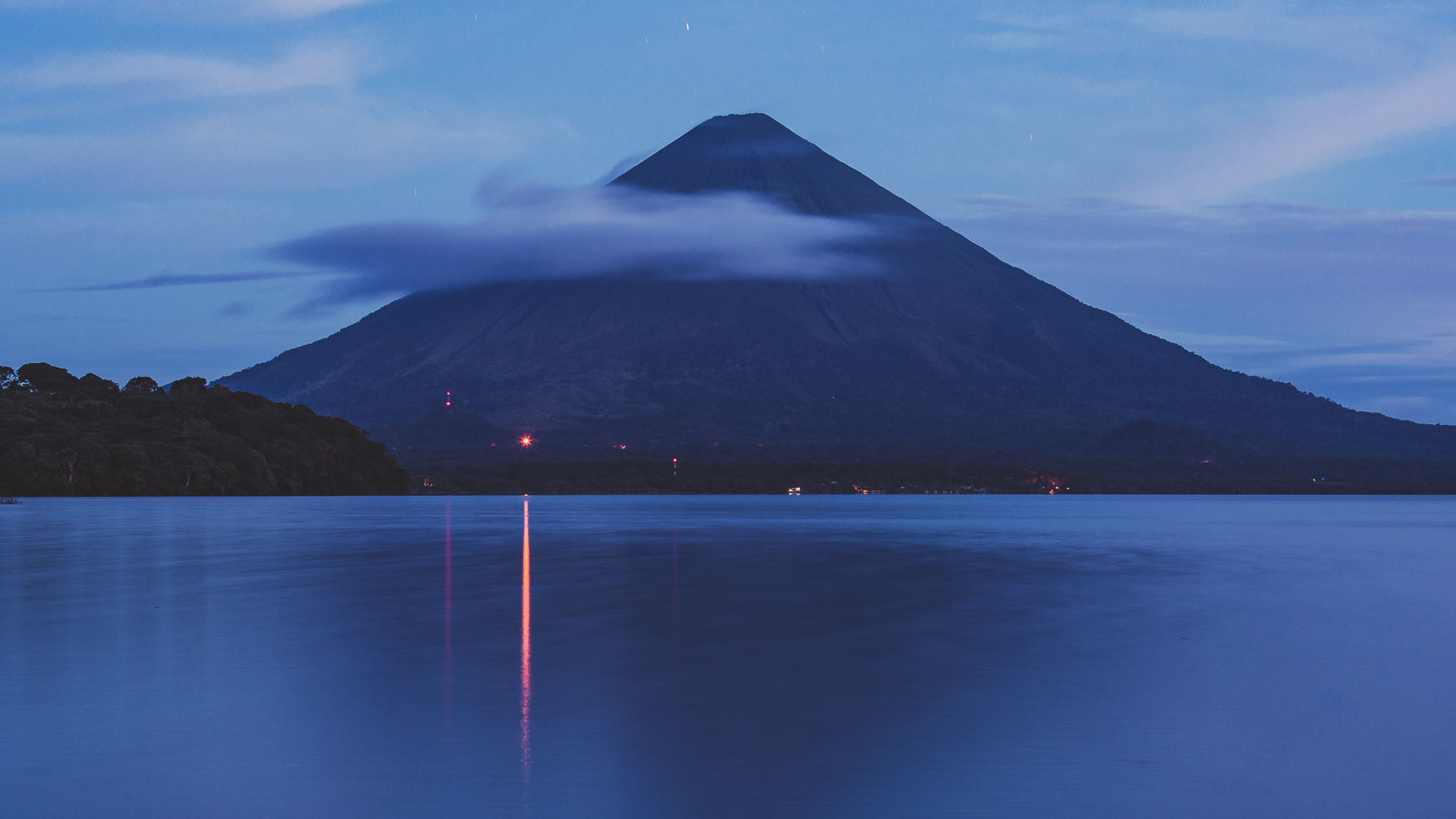





Hola Hana y Marck
Soy Pablo un viajero argentino, llevo varios años recorriendo Argentina, Chile, Uruguay en bici y también a pie por la cordillera de los andes. ahora estoy armando un viaje por el resto de América a su estilo por caminos vecinales o senderos.
Leí buena parte de vuestro blog, los felicito por el contenido y las imágenes son espectaculares.
Muchas Gracias por compartir la experiencia para que otros se inspiren.
abrazo fuerte fuerte.
Muchas gracias Pablo – vaya bien!